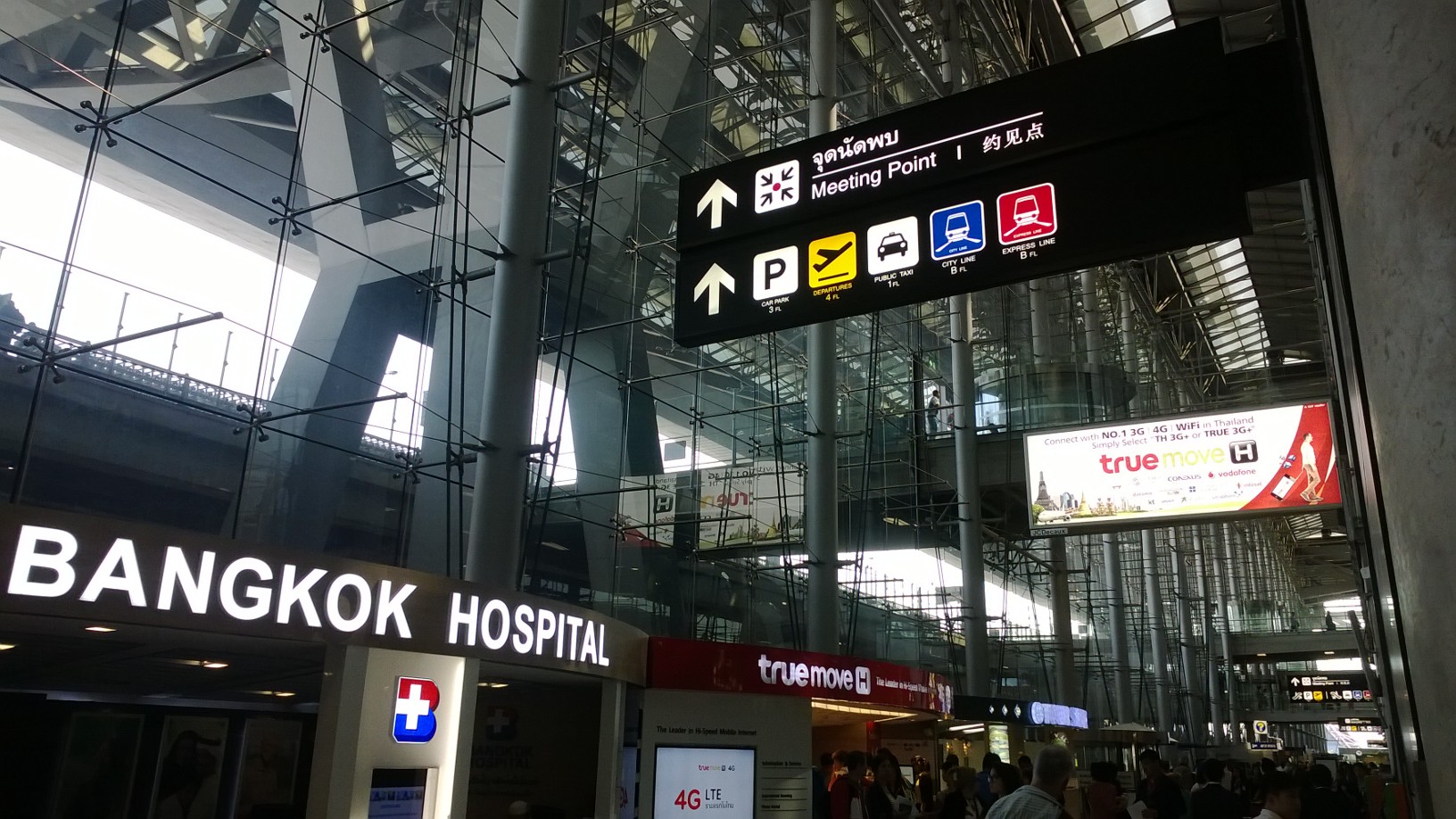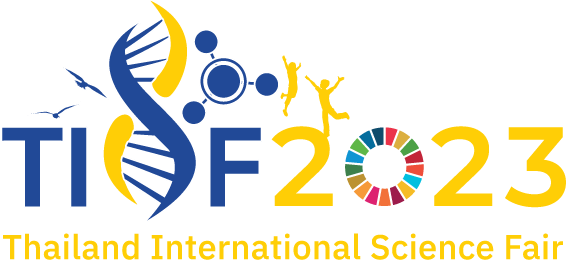

On behalf of the staff and students at Mahidol Wittayanusorn School, I would like to extend a very warm welcome to all participants of the Thailand International Science Fair 2023 (TISF 2023), which will take place on February 13 - 16, 2023, with the theme “Mapping Out the Future.”
This is our fourth time hosting the TISF, following 2017, 2019, and 2021. The TISF is an international event aimed at encouraging science projects and innovation among young researchers. The TISF is always special for us as it the culmination of our student’s endeavors and allows their work to be recognized. The most valuable aspect is that this event will bring them the opportunity to establish scientific networks and exchange their ideas with friends from other countries worldwide.
Throughout the past few years, Covid-19 has changed our lives. We’ve spent time apart from our friends and loved ones. Unsurprisingly, all we’ve been through has brought us feelings of uncertainty, even anxiety about the future. However, everything is getting better. Now it is time to think about what is ahead. It is time to plan, prepare, and map out our future.
I have full confidence that all students, teachers, and educators will have a great experience and make the most of their time during the TISF 2023. I also believe that the event will achieve its objectives and have remarkable success. We look forward to welcoming you virtually and in- person at Mahidol Wittayanusorn School in February 2023.
Thank you.
Worawarong Rakreungdet, Ph.D.
Principal
Mahidol Wittayanusorn School
| Time | Student | Principals & Teachers | ||
|---|---|---|---|---|
| Program | Location | Program | Location | |
| All day | Arrival of participants/ Registration | 1st floor, Bldg. 9 | Arrival of participants/ Registration | 1st floor, Bldg. 9 |
| 13.00 – 17.00 | Leisure Activities | 1st floor, Bldg. 9 | Leisure Activities | 1st floor, Bldg. 9 |
| Poster set up | Sports Center | |||
| 17.00 – 19.00 | Dinner | Cafeteria | Dinner | Cafeteria |
| Time | Student | Principals & Teachers | ||
|---|---|---|---|---|
| Program | Location | Program | Location | |
| 05.00 – 06.00 | Breakfast | Cafeteria | Breakfast |
|
| 06.15 | Registration for Opening ceremony | 1st floor, Bldg. 3 | Registration for Opening ceremony | 1st floor, Bldg. 3 |
| 06.45 – 07.15 | All team members proceed to the auditorium for the Opening ceremony | Phra Ubali Kunupamachan Auditorium | All team members proceed to the auditorium for the Opening ceremony | Phra Ubali Kunupamachan Auditorium |
| 08.30 – 11.00 | Opening ceremony Presided over by HRH Princess Maha Chakri Sirindhorn | Phra Ubali Kunupamachan Auditorium | Opening ceremony Presided over by HRH Princess Maha Chakri Sirindhorn | Phra Ubali Kunupamachan Auditorium |
| 11.00 – 13.00 | Lunch | Cafeteria | Lunch |
|
| 14.00 – 17.00 | Poster presentation | Sports Center | Poster presentation | Sports Center |
| 17.00 – 17.50 | Group Photo | Football field | Group Photo | Football field |
| 17.50 – 20.30 | Welcome dinner | Basketball court | Welcome dinner | Basketball court |
| Time | Student | Principals & Teachers | ||
|---|---|---|---|---|
| Program | Location | Program | Location | |
| 05.00 – 06.00 | Breakfast | Cafeteria | Breakfast |
|
| 08.30 – 12.00 | Oral Presentation |
|
Oral Presentation |
|
| 12.00 – 13.00 | Lunch | Cafeteria | Lunch | Cafeteria |
| 13.00 – 17.00 | Science Activities
|
1st floor, Bldg. 9 | (13.00 – 14.00) Principal Panel Discussion | Theater |
| (14.00 – 16.00) Teacher sharing session | Theater & Dr. Kovit Meeting Hall | |||
| (16.00 – 17.00) Science activities (Observation) | 1st floor, Bldg. 9 | |||
| 17.00 – 19.00 | Dinner | Cafeteria | Dinner |
|
| 19.00 – 21.00 | Game Night | Phra Ubali Kunupamachan Auditorium | ||
| Time | Student | Principals & Teachers | ||
|---|---|---|---|---|
| Program | Location | Program | Location | |
| 06.00 – 07.00 | Breakfast | Cafeteria | Breakfast |
|
| 07.00 | Gathering at Basketball court/Depart for National Science and Technology Development Agency (NSTDA) | Basketball court | Gathering at Basketball court/Depart for National Science and Technology Development Agency (NSTDA) | Basketball court |
| 09.00 – 15.00 | Science Zones
|
NSTDA | Science Zones
|
NSTDA |
| 15.00 | Depart for MWIT | Depart for MWIT | ||
| 18.00 – 21.00 | Dinner and cultural show preparation | Cafeteria | Dinner and cultural show preparation | Cafeteria |
| Time | Student | Principals & Teachers | ||
|---|---|---|---|---|
| Program | Location | Program | Location | |
| 06.00 – 07.00 | Breakfast | Cafeteria | Breakfast |
|
| 07.00 – 07:30 | Gathering at Basketball court/Depart for the Temple of the Emerald Buddha & National Museum Bangkok | Basketball court | Gathering at Basketball court/Depart for the Temple of the Emerald Buddha & National Museum Bangkok | Basketball court |
| 9.00 – 11.30 | Cultural Excursions | The Temple of the Emerald Buddha & National Museum Bangkok | Cultural Excursions | The Temple of the Emerald Buddha & National Museum Bangkok |
| 11.45 | Depart for ICONSIAM | Depart for ICONSIAM | ||
| 12.30 – 15.30 | Lunch and Souvenir Shopping | ICONSIAM | Lunch and Souvenir Shopping | ICONSIAM |
| 15.30 | Depart for MWIT | Depart for MWIT | ||
| 18.00 – 19.00 | Dinner | Cafeteria | Dinner | Cafeteria |
| 19.00 – 21.00 | Closing Ceremony and Farewell Party | Phra Ubali Kunupamachan Auditorium | Closing Ceremony and Farewell Party | Phra Ubali Kunupamachan Auditorium |
| Time | Student | Principals & Teachers | ||
|---|---|---|---|---|
| Program | Location | Program | Location | |
| All day | Departure of participants | Departure of participants | ||
| 06.00 – 07.00 | Breakfast | Cafeteria | Breakfast |
|
| 11.00 – 13.00 | Lunch | Cafeteria | Lunch | Cafeteria |
| Time | Program | Location |
|---|---|---|
| 13.00 - 14.00 | Principal Panel Discussion | Theater |
| 14.20 - 16.20 | Teacher Sharing Session | Theater & Dr.Kovit Meeting Hall |
Moderators: Mrs. Parawee Petchsringam and Mr. Tanapat Art Sanguan-Boon
This session aims to discuss the challenges faced by schools regarding the future of education and how to overcome those challenges. The format of this panel is a collaboration-based approach, through which ideas exchange between the panelists and the audience is encouraged via web application platform for engaging participation.
| No. | Title | Presenter(s) |
|---|---|---|
| 14.20-14.40 | Multidisciplinary Elective Courses in Chemistry: Enhancing Students' Competencies through Problem-based and Research-Based Learning |
Department of Chemistry, Mahidol Wittayanusorn School, Thailand |
| 14.40-15.00 | A Study of the Students’ Attitude to English Language Learning through Online Teaching |
Metchawin Inthichai Mahidol Wittayanusorn School (MWIT), Thailand |
| 15.00-15.20 | Makerspaces in the context of student research projects: a case study |
Jason C. Alcarez Technology Unit, Philippine Science High School Main Campus, Quezon City, 1104, Philippines |
| 15.20-15.40 | Blended Learning Experience in Computer Programming Courses |
Laokhwan Ngamprasit and Tossaporn Saengja Mahidol Wittayanusorn School, Thailand |
| 15.40-16.00 | Learning Activity of Workshop Skill Set for Student Innovation Project |
Chakrit Samarnrak Mahidol Wittayanusorn School, Thailand |
| No. | Title | Presenter(s) |
|---|---|---|
| 14.20-14.40 | Blended Learning for High-Performing Students |
Bernard Ricardo NUS High School of Mathematics and Science, Singapore |
| 14.40-15.00 | Supplying Tangible Instructional Materials of Natural Sciences to High School Science Students |
Jiroat Sangrattanaprasert Mahidol Wittayanusorn School, Thailand |
| 15.00-15.20 | Trace the history of evolution in the classroom |
Arbhorn Rubsai Princess Chulabhorn Science High School Nakhon Si Thammarat |
| 15.20-15.40 | “Penname” An easy idea to make equal classroom |
Tawatchai Sulalai Mahidol Wittayanusorn School, Thailand |
| 15.40-16.00 | Let's play board games: from a club activity to social communication |
Patsavipich Rungrojtrakool Mahidol Wittayanusorn School, Thailand |
The science activities aim to get students to use their creativity and collaboration skills to work with one another to complete a given task. The students will be divided into small groups comprising of local and international students and working together as a team.
The science activities will be divided into 5 activities. Each activity will be limited to 45 students.
Introduction and demonstration: “Application of Augmented Reality (AR) Technology in Education”. Examples of the ‘PETE’ Patient Isolation and Transportation Chamber and the ‘HI PETE’ Patient Isolation Chamber for Home Isolation as a guideline for production planning and install those products. AR technology will help reduce costs, time, and errors in the design and help product designers see and inspect the product's functionality.
Visit Lightweight Engineering Research Lab “Fatigue testing for engineering components”
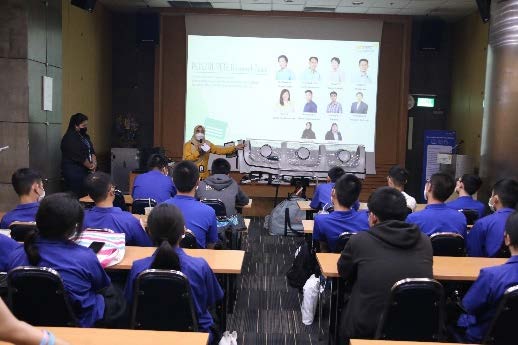
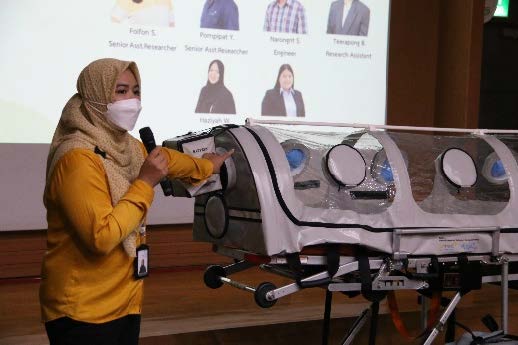
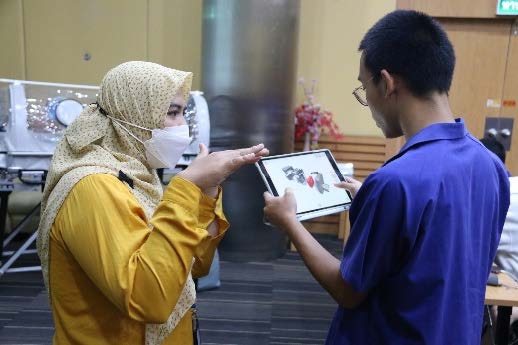
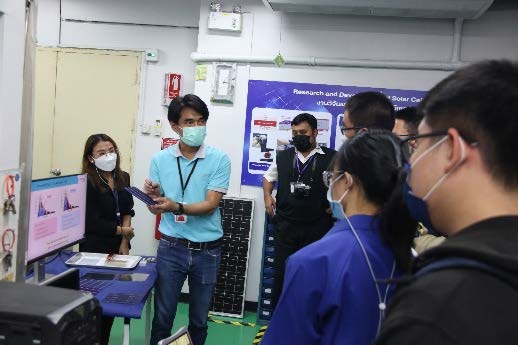
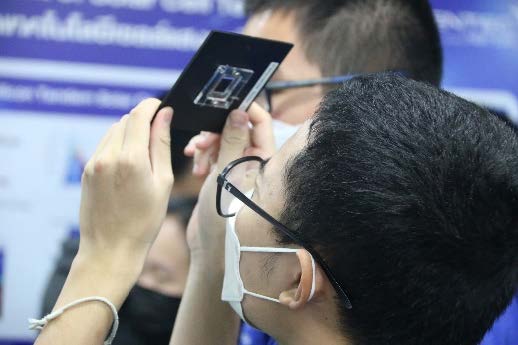
Easy LED bulbs for marginalized communities
Activity details: It is the creation of easy LED bulbs from general waste materials by applying a basic photovoltaic and electrical technologies. To be applied in households in rural areas of Thailand, that are experiencing electricity shortage. Moreover, the goal of this fun activity for corporate events is to build unity among the group and helping others as well.
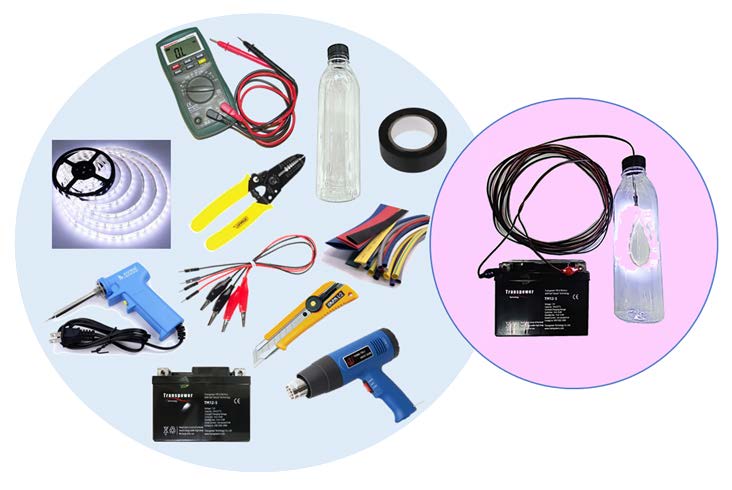
National Biobank of Thailand (NBT)
Banking Activities: Part I: Utilization Part II: Molecular services Part III: Preservation and Conservation - Cryopreservation and Tissue culture Part III: Preservation and Conservation - Hydroponics Plant factory: Cannabis - Automated Sample Storage System for Seeds and Microbe BIOTEC Bangkok Herbarium (BBH)
Visit Lightweight Engineering Research Lab “Fatigue testing for engineering components”
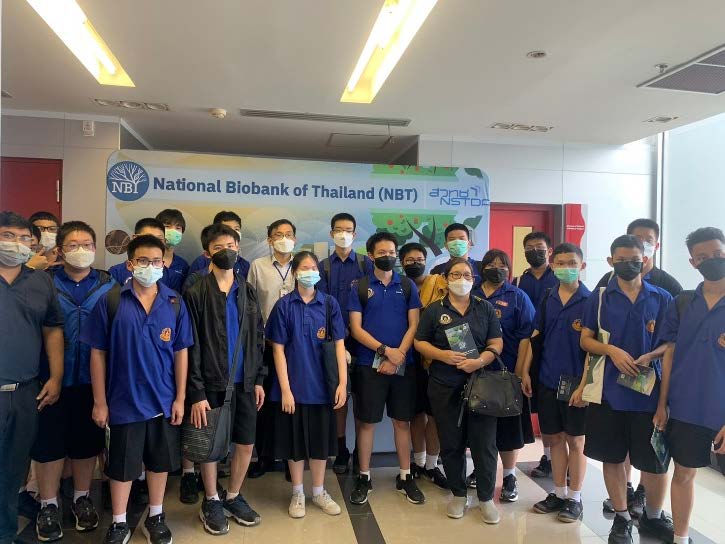
The Plant Factory & the Happy Veggies
Activity details:
Start by getting acquainted with “The Plant Factory”, a plant for growing vegetables and herbs that can adjust the environment to suit each plant. Plants can grow quickly with excellent quality and productivity. Finally, there is a group planting activity that connects unity where those who grow well may have a reward to take home.
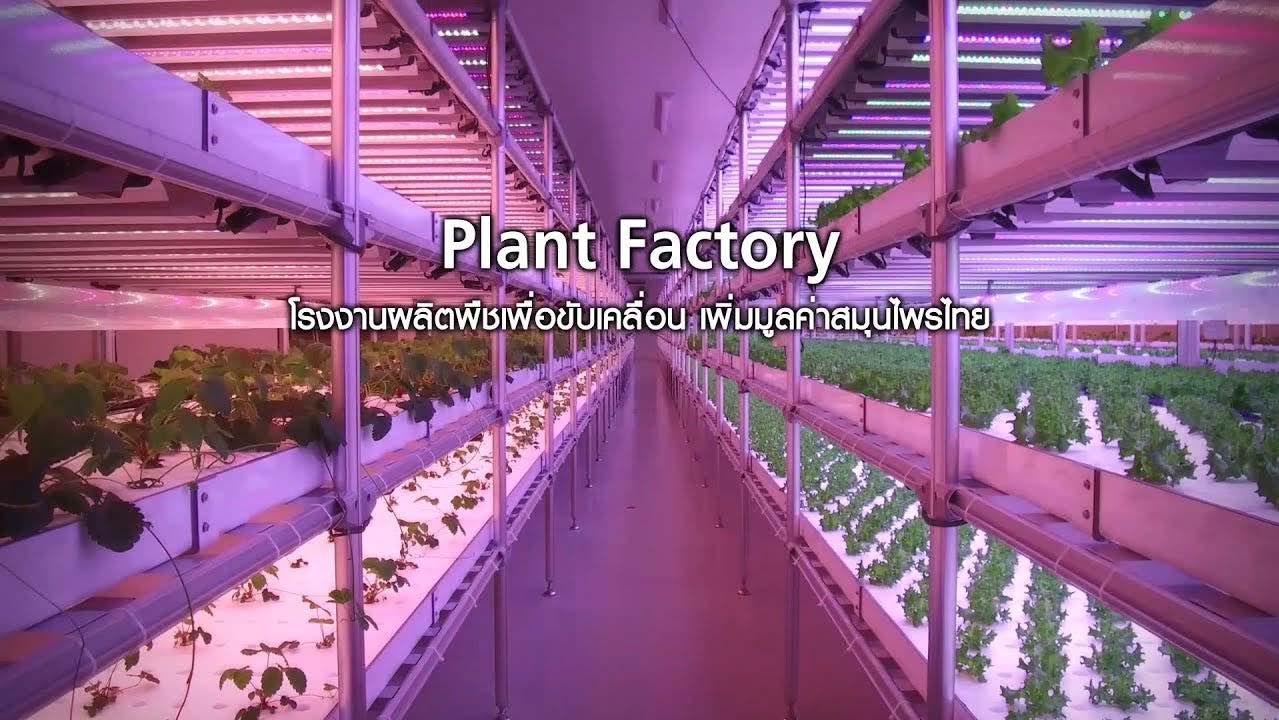
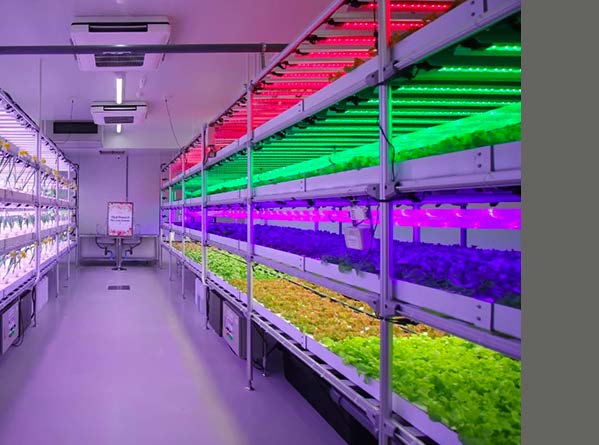
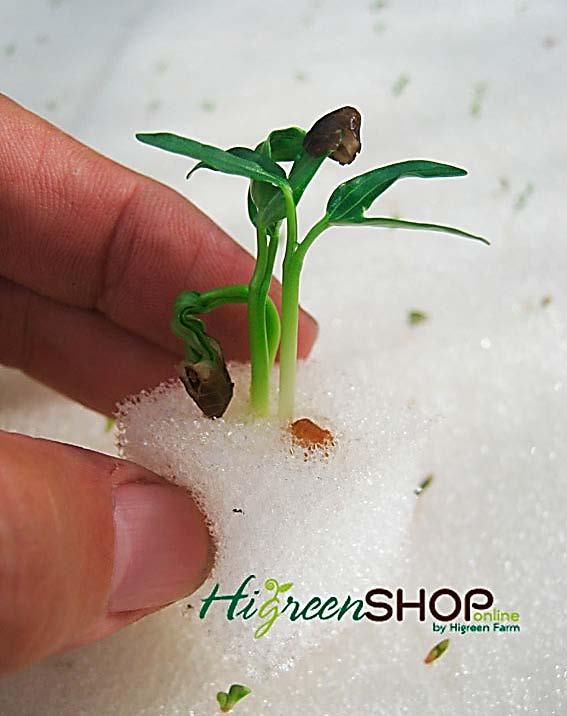
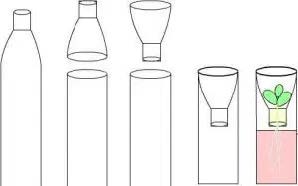
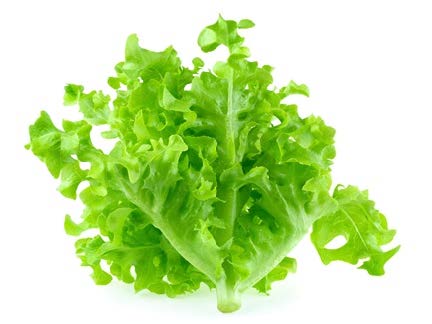
Board Game: Next Step to NSTDA (Online Board Game)
Details: NSTDAQuizwhizzer is a modified on-line board game similar to the Snakes and Ladders board game. Students will have time to learn NSTDA research works through poster presentations. Those who can answer the research related questions correctly will be able to move forward while those who give the wrong answer will be punished by retracting 2 steps. The winner is the one who can move to the finish line.
Visit Lightweight Engineering Research Lab “Fatigue testing for engineering components”
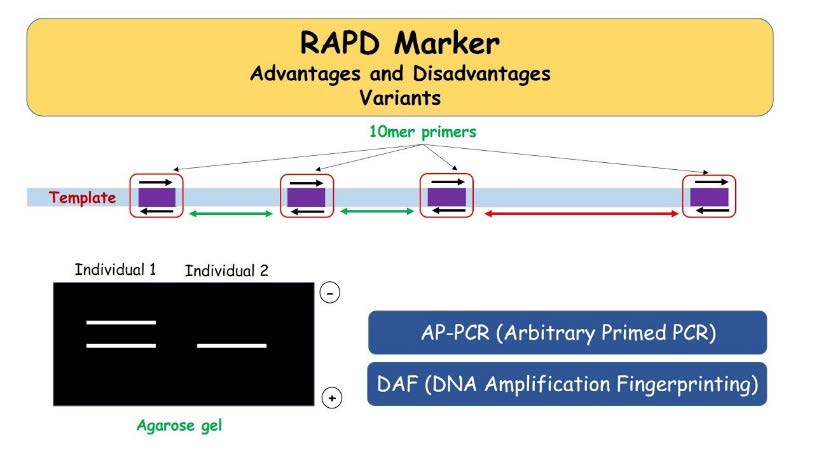

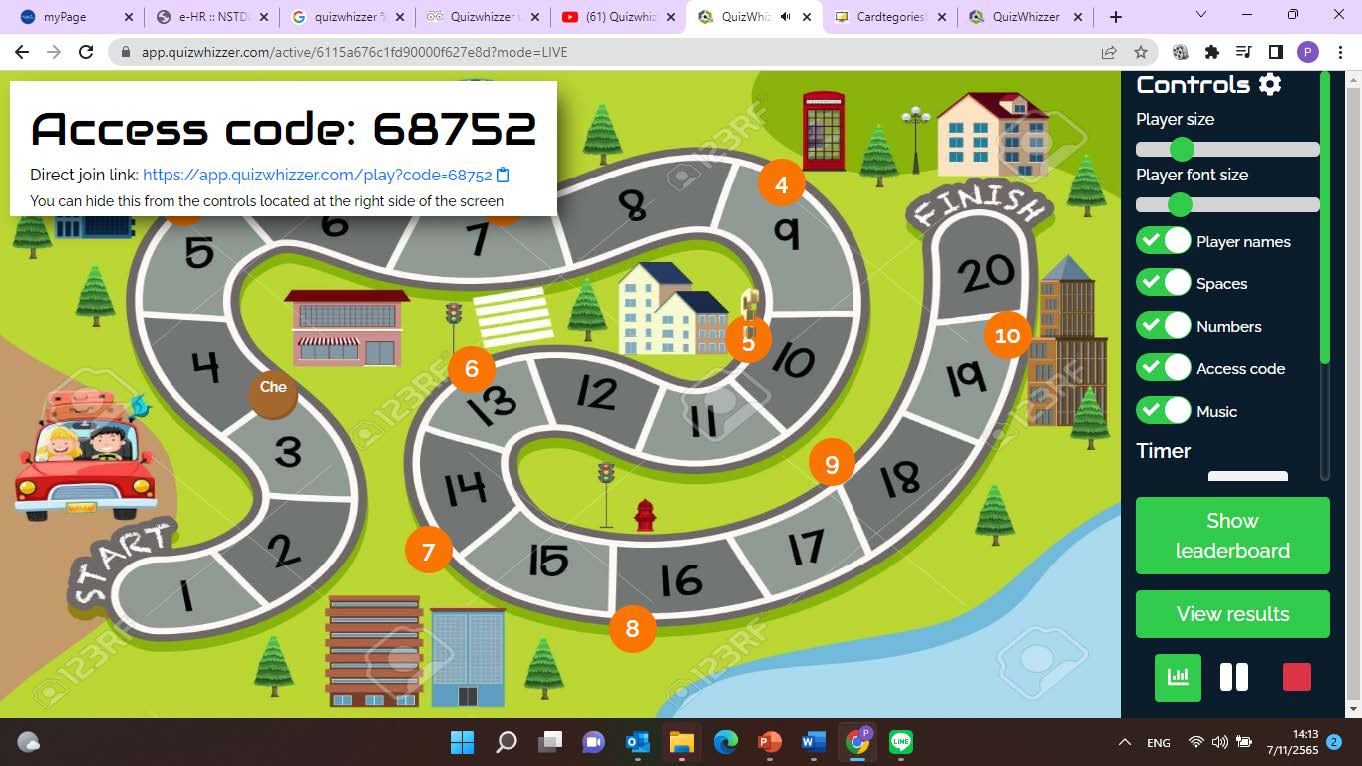
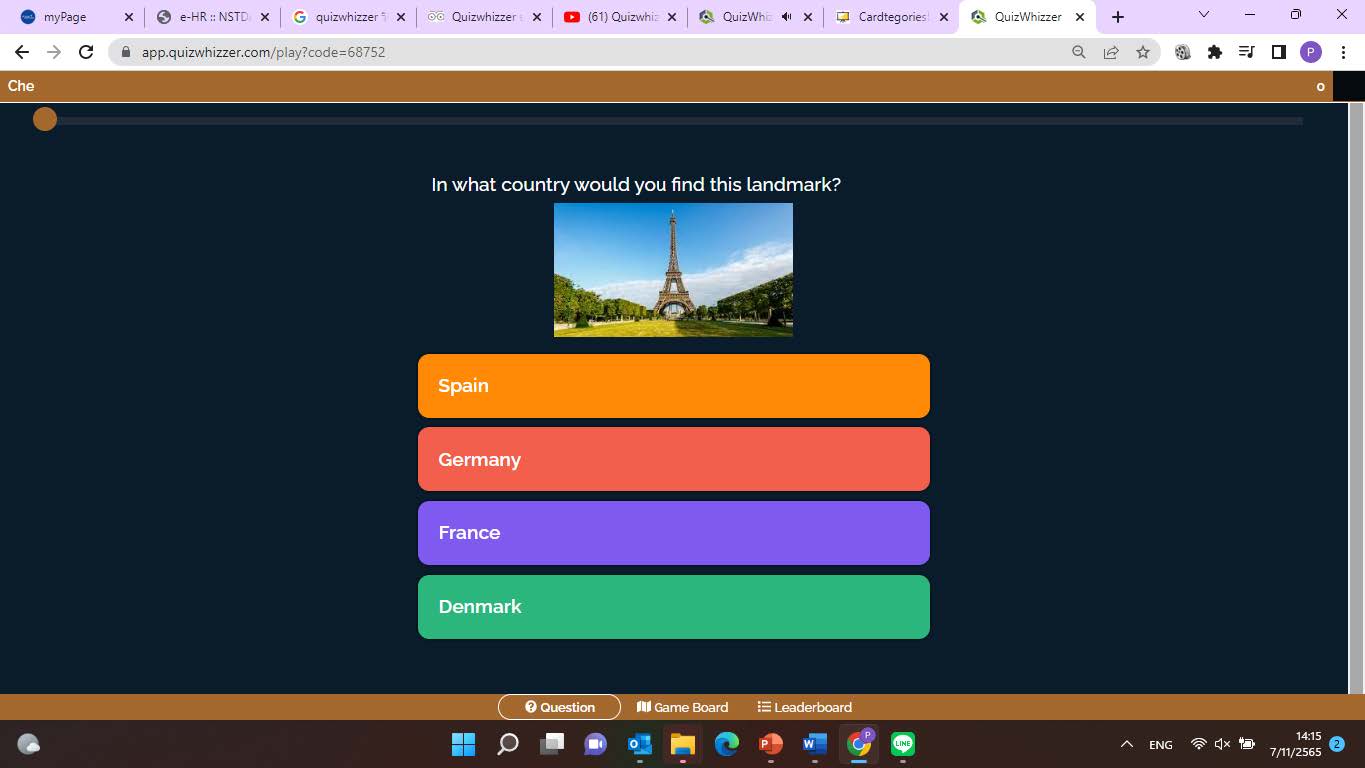

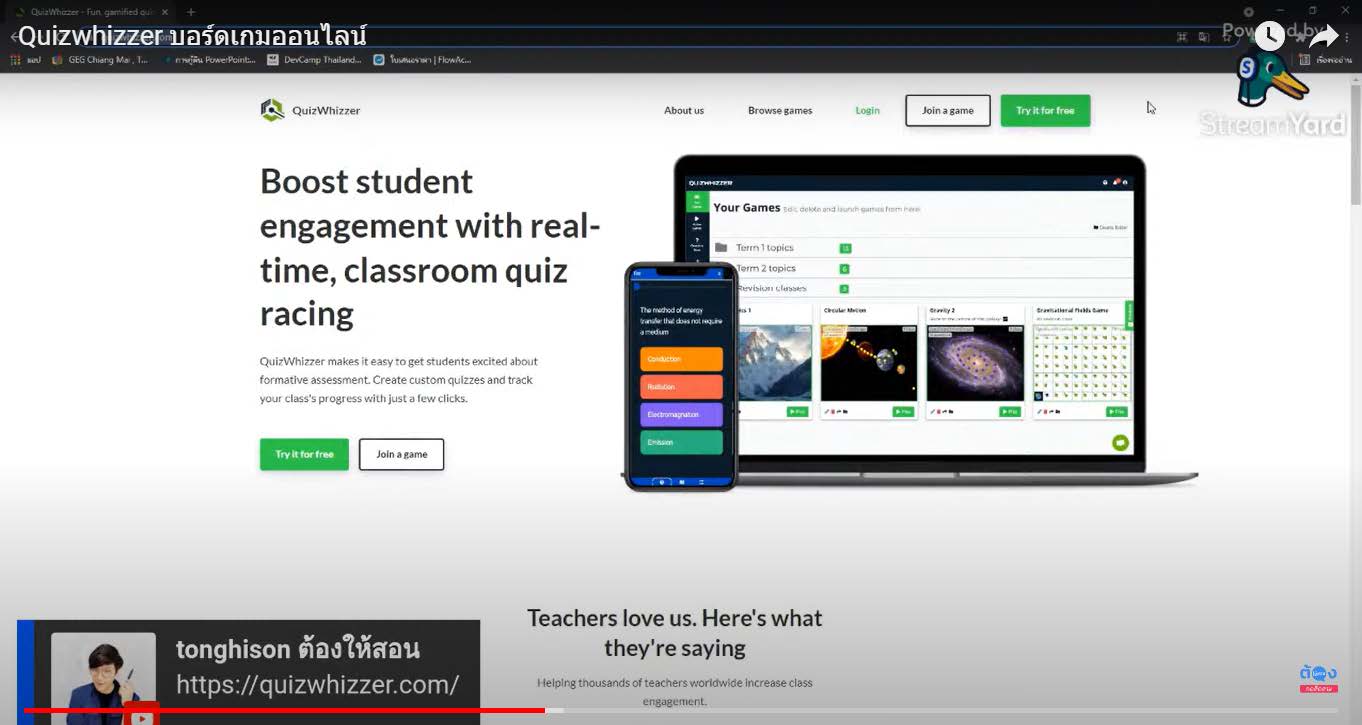
DNA fingerprinting, also called DNA typing, DNA profiling, genetic fingerprinting, genotyping, or identity testing, in genetics, method of isolating and identifying variable elements within the base-pair sequence of DNA. This technique is a widely used technique in the field of genetics. This tool has not only been useful in forensic and scientific studies of animals but has also proved important in studying plants
DNA fingerprinting in plants is used for protection of the ecosystem, identification of marker traits, gene diversity and variation, and mutations. There are various methods for plant DNA fingerprinting like Restriction Fragment Length Polymorphisms (RFLPs), Randomly Amplified Polymorphic DNAs (RAPDs), Amplified Fragment Length Polymorphism (AFLP), and Simple Sequence Repeats (SSRs).
RAPD is one of the most frequently used method in the studies of many organisms including plants due to its rapidity, simplicity, and absence of any need for prior genetic information of the plant. RAPD utilize PCR amplification with a short primer (usually 10 nucleotides), which anneals randomly at multiple sites on the genomic DNA under low annealing temperature. RAPD generate PCR amplicons of various lengths in a single reaction that are separated on an agarose gel. Electrophoretic profile was visualized and photographed. Sizes of DNA fragments were estimated by comparison with standard DNA Ladder. Electrophoretic profiles were analyzed for polymorphism based on the presence and absence of DNA bands on agarose gel compared to other samples
Activity details
In this activity, students will be divided into small groups of 4, each supervised by a staff. Students will learn to use the Autopipette before they begin separating the DNA samples obtained from plant DNA PCR reactions with the RAPD primers by agarose gel electrophoresis. These PCR samples will be previously prepared by using DNA from 4 related plants as DNA templates. While waiting for DNA separation results, students will learn about analysis of plant DNA fingerprints by RAPD method and DNA gel electrophoresis. When DNA migrations finish, visualize DNA using dye and LED/UV transilluminator will be observed. Once RADP pattern of each PCR sample has been revealed, results will be discussed
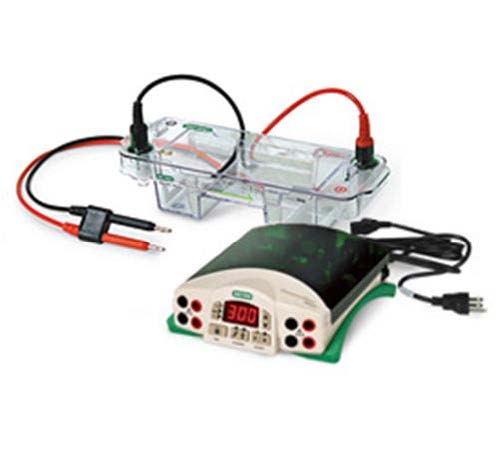
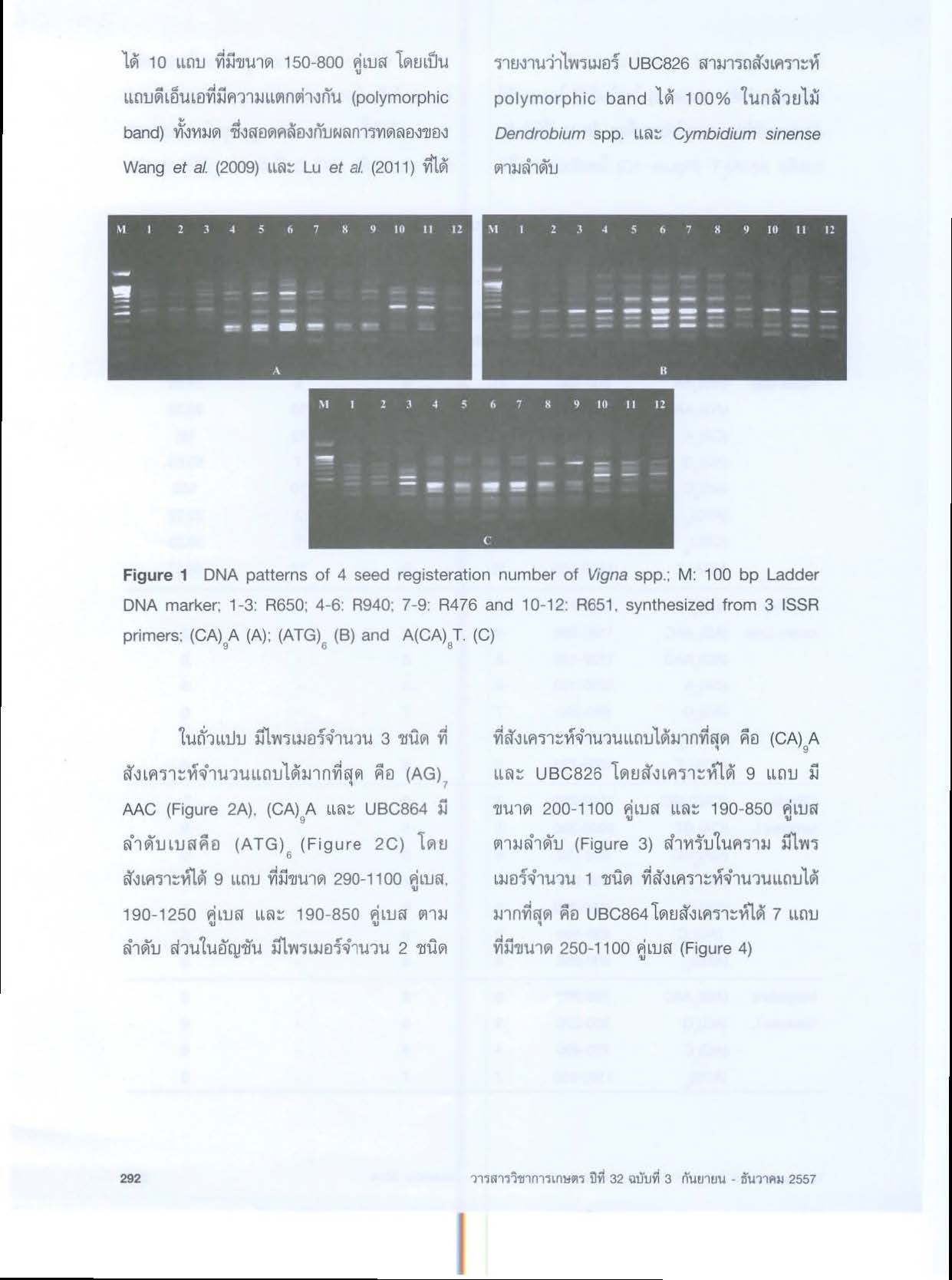
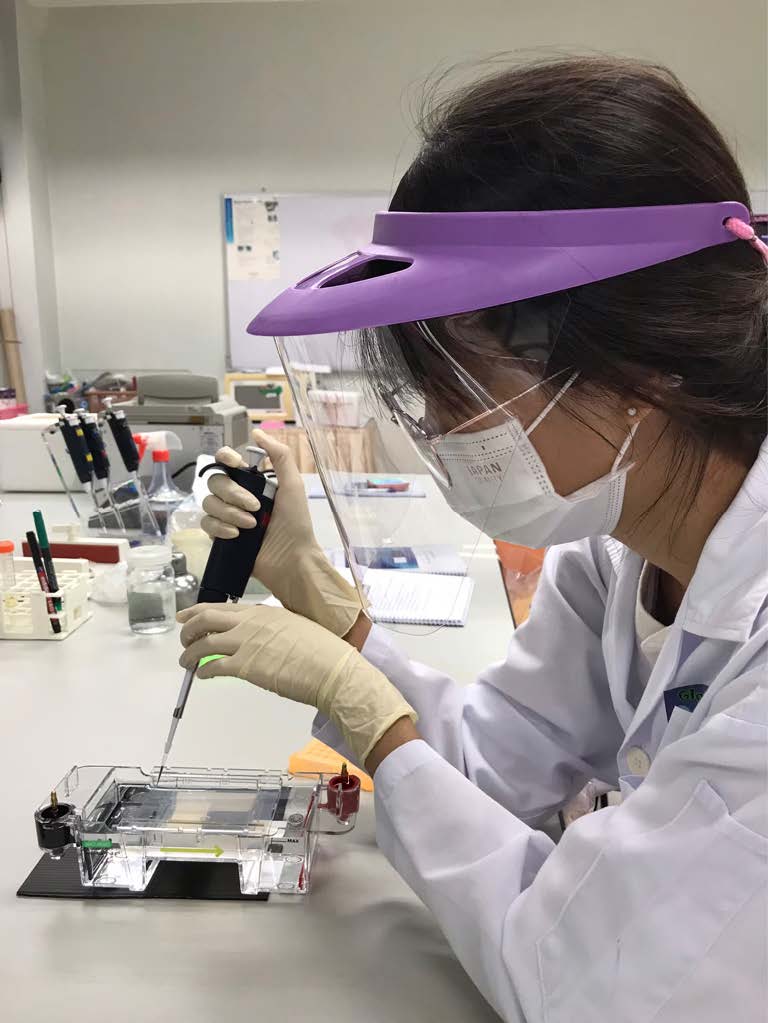
Food Innovation (Modified Starch)
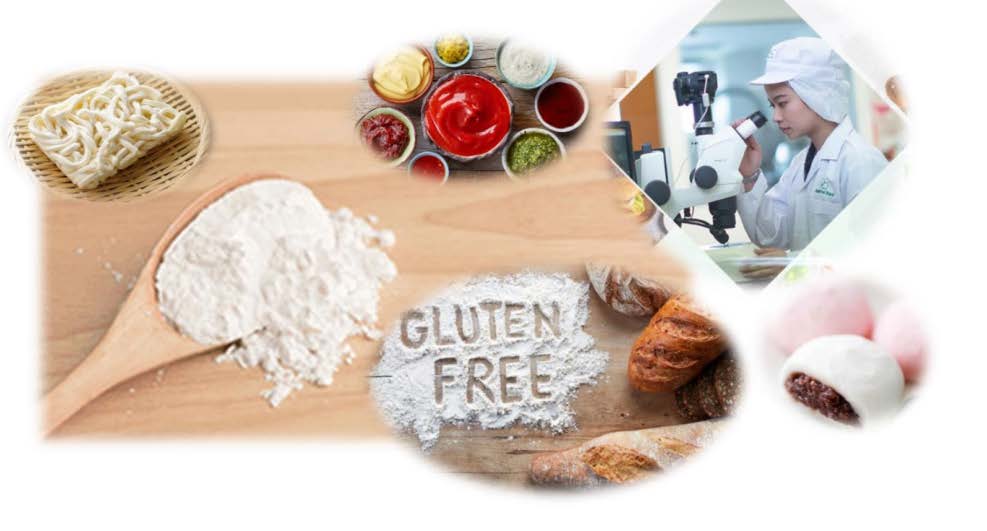
Conducting applied research and some fundamental research to develop new products (modified starches) to improve their products and food processing through science and technology for a wide range of food application and other area. What you will learn: - Starch Chemistry - Starch Modification - Application of Modified starch in Food industry.
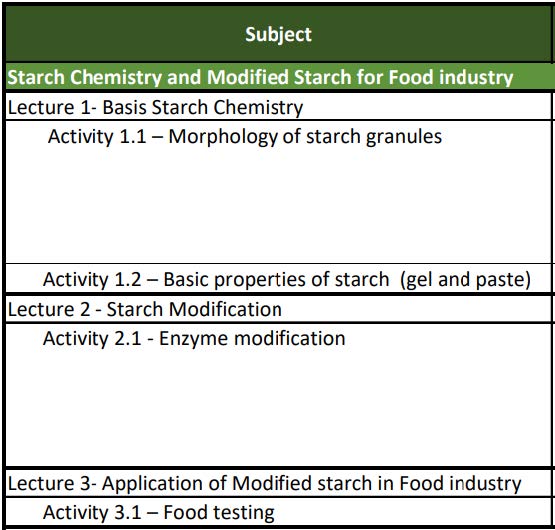
National Biobank of Thailand (NBT)
Banking Activities: Part I: Utilization Part II: Molecular services Part III: Preservation and Conservation - Cryopreservation and Tissue culture Part III: Preservation and Conservation - Hydroponics Plant factory: Cannabis - Automated Sample Storage System for Seeds and Microbe BIOTEC Bangkok Herbarium (BBH)
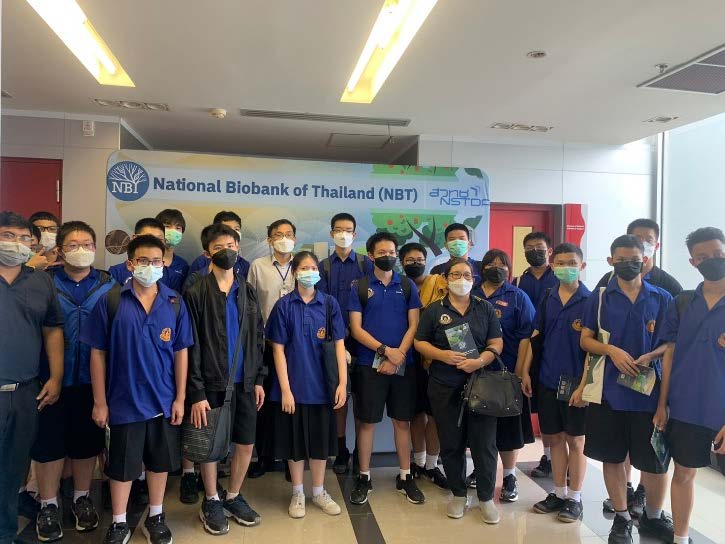
Do Code Drone Camp: Activities
DO CODE DRONE CAMP is a camp that wants to develop students' potential from its unique mission. From the combination of 5 STEAM sciences, along with learning that combines with fun playing until PLERN, children must apply knowledge and skills in CODING to solve problems that arise. Using drones as a learning tool with the following contents:
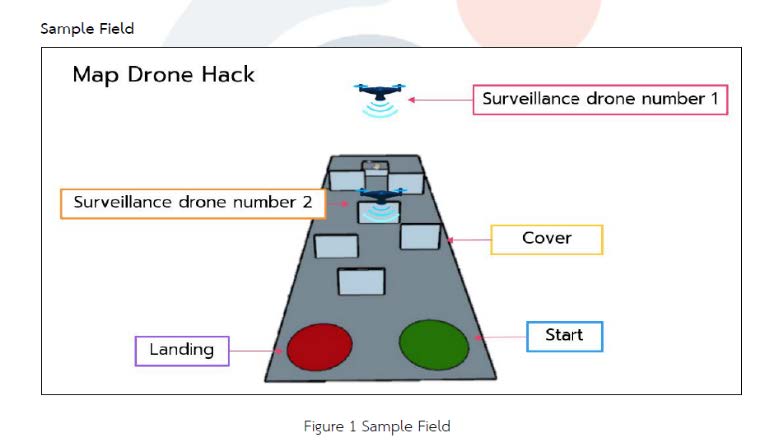
Mission Squid Game
Activity details: Mission Squid Game is an activity to decode or decode (Hacking) by using Block code for the basics of planning Flight in advance for Drone EDU to steal and avoid detection. hold During the cracking process, there will be an AI drone that detects the player's movements. If a player is detected by drones, they must leave the match immediately.
Skills that learners will gain from doing activities, and testing
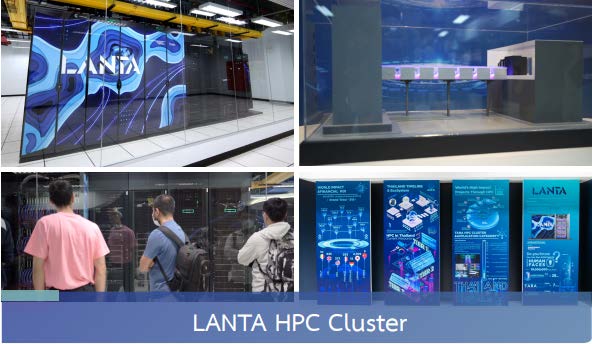
ThaiSC: ASEAN's fastest supercomputer
The NSTDA Supercomputer Center (ThaiSC)
Site visit at the NSTDA Supercomputer Center (ThaiSC) The NSTDA Supercomputer Center (ThaiSC), established in 2019, is one of the National Science and Technology Infrastructure (NSTI) located in Thailand Science Park. ThaiSC, as a leadership center, aims to provide cutting-edge high-performance computing (HPC) research and service to the national R&D community. ThaiSC provides the TARA HPC cluster system, which provides high-performance computing (HPC) services for computational science research in a variety of fields. ThaiSC's mission is as follows:
The fastest supercomputer system in ASEAN. The LANTA supercomputer is Thailand's first petascale, liquid-cooled supercomputer. It has 704 NVIDIA A100 GPUs on 176 GPU-accelerated nodes and 20,480 AMD EPYC 7713 compute cores on 160 CPU-only nodes, as well as 10PB of Lustre parallel file storage and 200 Gbps of Slingshot network.
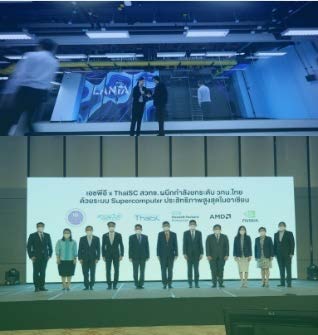
Capital Budgeting for HPC Budget for LANTA HPC investment: 600 million baht. Hewlett Packard Enterprise is presented by MPP. The HPE Cray EX supercomputer is HPE's top supercomputer machine. the 3rd generation AMD EPYCTM CPU (Milan), which has 496 CPUs and 31,744 cores, and a 704 NVIDIA A100 GPU with a 13 Petaflop peak performance. In Southeast Asia, it boasts the highest computer efficiency.
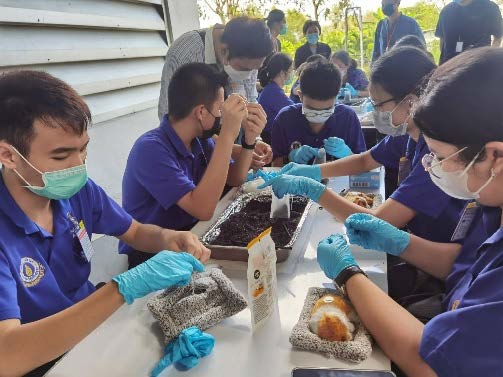
Nanovation for Sustainable Future
Detail: Students will visit NANOTEC facility at Nanocatalysis and Molecular Research Group and conduct a workshop on nanoadsorbent production and utilization
Location: National Nanotechnology Center (INC2 Tower B and NANOTEC Pilot Plant)
Benefit: Learning about nanoadsorbent production from agricultural biomass and its utilization
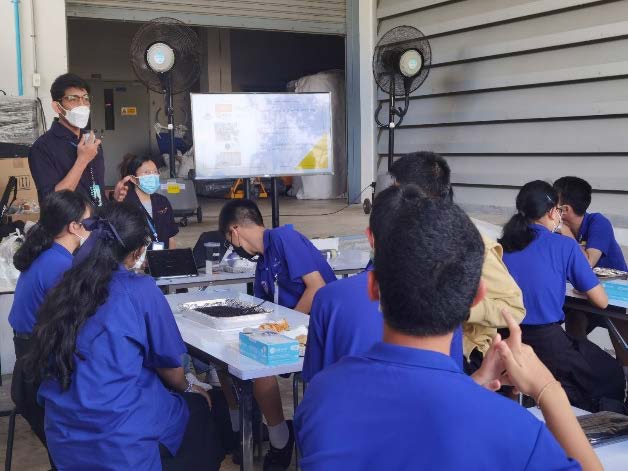
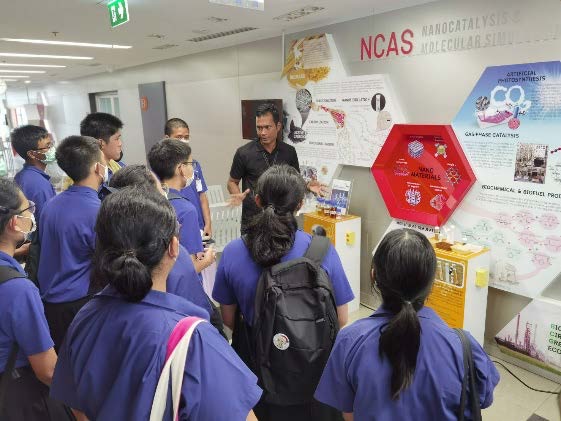
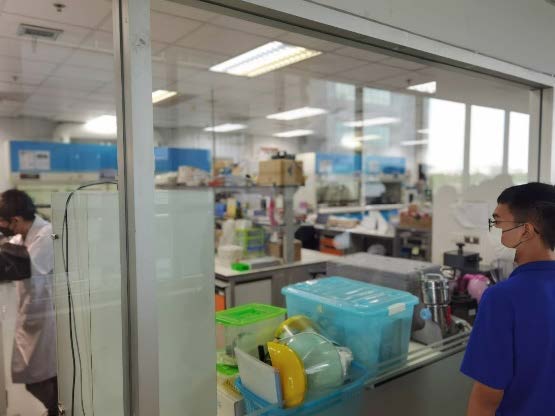

Board Game: Next Step to NSTDA (Online Board Game)
Details: NSTDAQuizwhizzer is a modified on-line board game similar to the Snakes and Ladders board game. Students will have time to learn NSTDA research works through poster presentations. Those who can answer the research related questions correctly will be able to move forward while those who give the wrong answer will be punished by retracting 2 steps. The winner is the one who can move to the finish line.

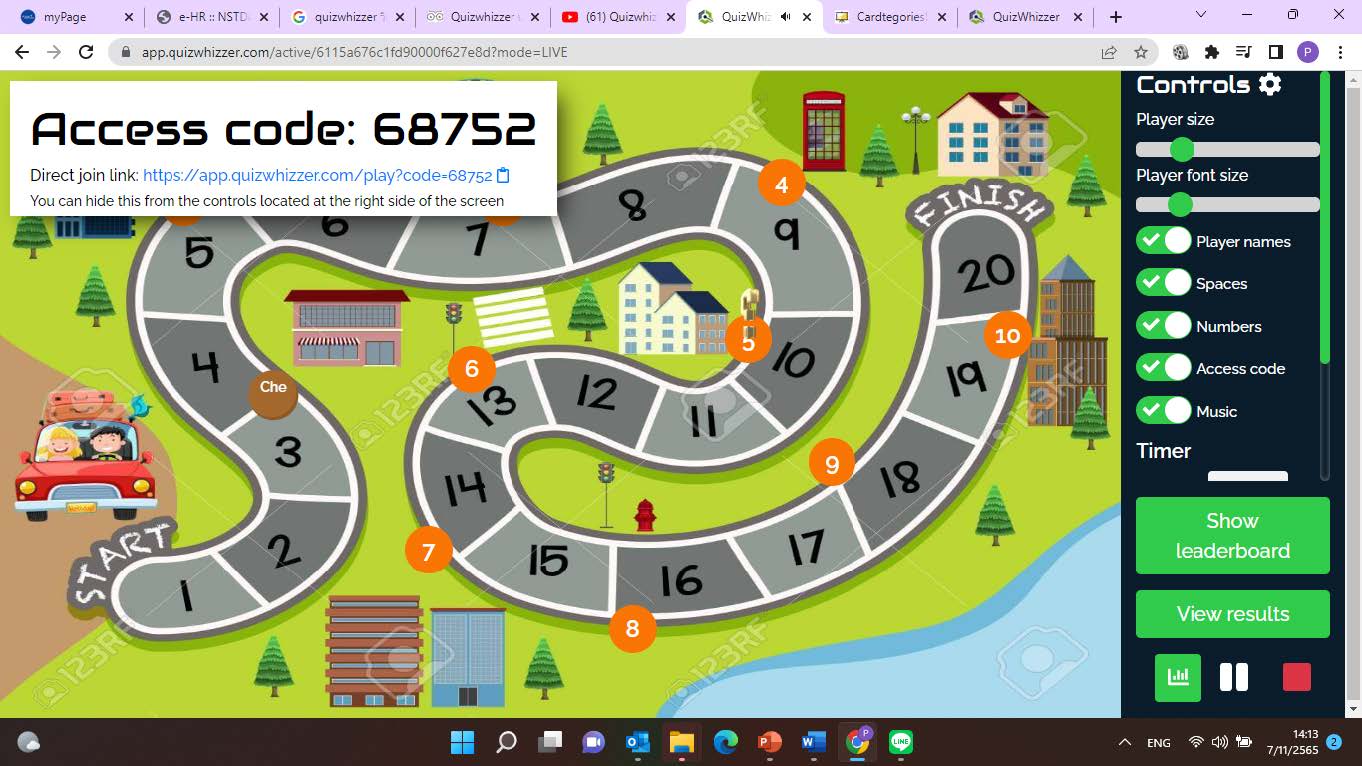
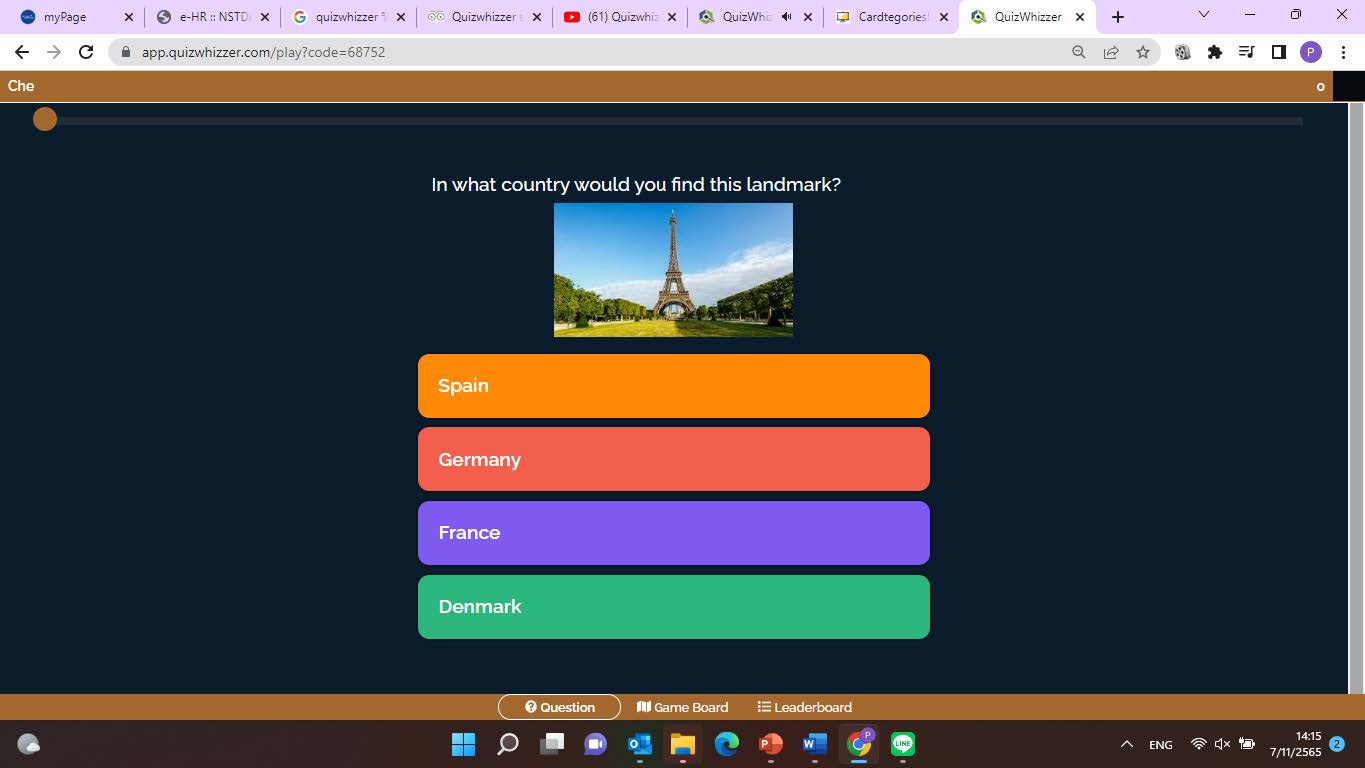

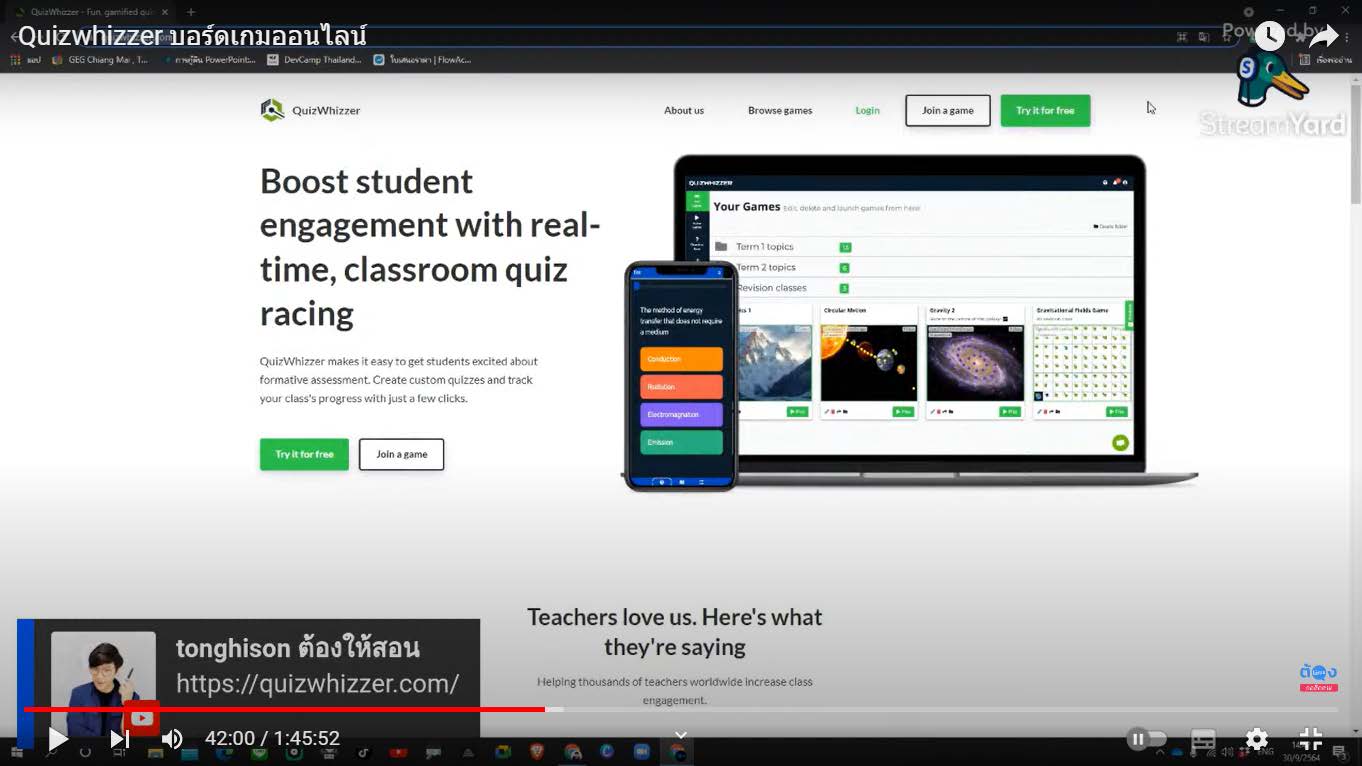
Nanovation for Sustainable Future
Detail: Students will visit NANOTEC facility at Nanocatalysis and Molecular Research Group and conduct a workshop on nanoadsorbent production and utilization
Location: National Nanotechnology Center (INC2 Tower B and NANOTEC Pilot Plant)
Benefit: Learning about nanoadsorbent production from agricultural biomass and its utilization
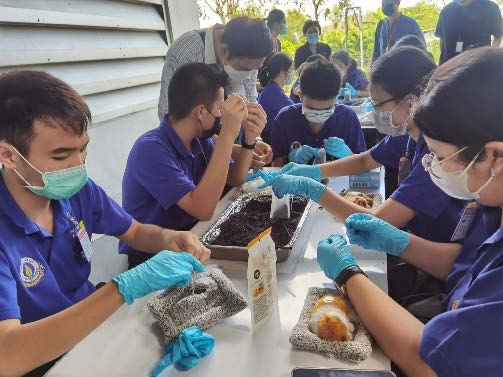
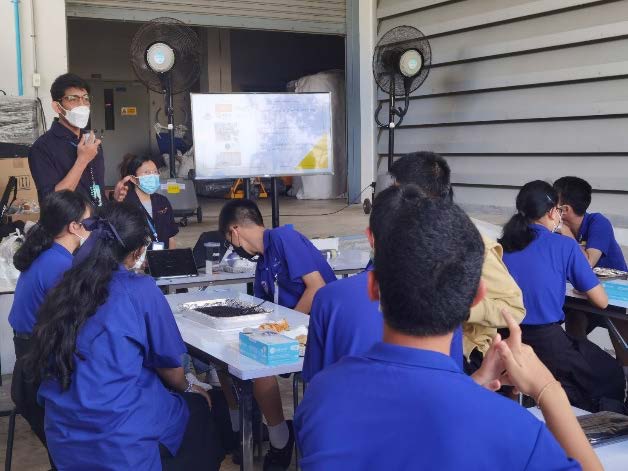
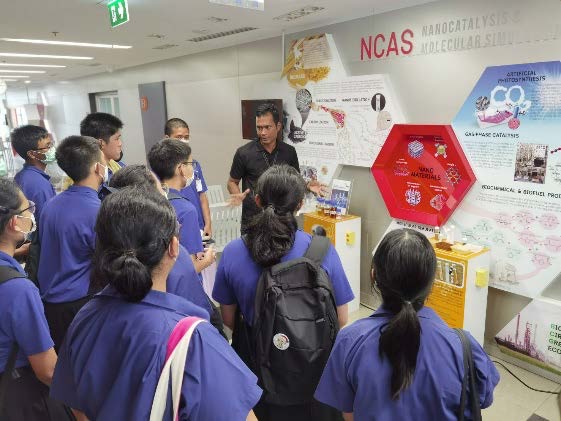
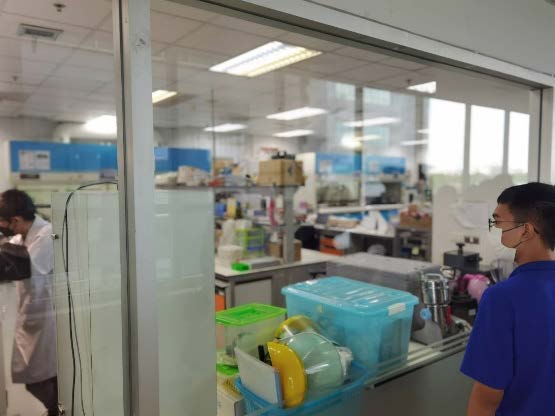
NSTDA Fabrication and Engineering Service Center ( NFEC) provides engineering design, prototype and workpiece construction services, and laboratory equipment repair and maintenance services.
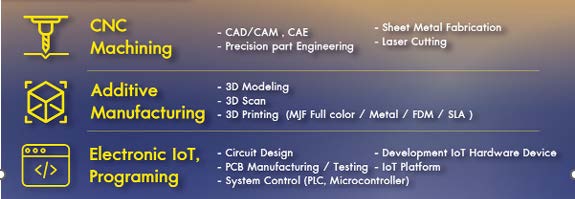
Services are available as follows:
ThaiSC: ASEAN's fastest supercomputer
The NSTDA Supercomputer Center (ThaiSC)
Site visit at the NSTDA Supercomputer Center (ThaiSC) The NSTDA Supercomputer Center (ThaiSC), established in 2019, is one of the National Science and Technology Infrastructure (NSTI) located in Thailand Science Park. ThaiSC, as a leadership center, aims to provide cutting-edge high-performance computing (HPC) research and service to the national R&D community. ThaiSC provides the TARA HPC cluster system, which provides high-performance computing (HPC) services for computational science research in a variety of fields. ThaiSC's mission is as follows:
The fastest supercomputer system in ASEAN. The LANTA supercomputer is Thailand's first petascale, liquid-cooled supercomputer. It has 704 NVIDIA A100 GPUs on 176 GPU-accelerated nodes and 20,480 AMD EPYC 7713 compute cores on 160 CPU-only nodes, as well as 10PB of Lustre parallel file storage and 200 Gbps of Slingshot network.
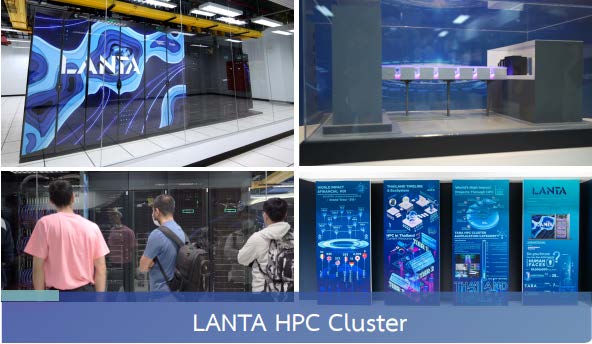
Capital Budgeting for HPC Budget for LANTA HPC investment: 600 million baht. Hewlett Packard Enterprise is presented by MPP. The HPE Cray EX supercomputer is HPE's top supercomputer machine. the 3rd generation AMD EPYCTM CPU (Milan), which has 496 CPUs and 31,744 cores, and a 704 NVIDIA A100 GPU with a 13 Petaflop peak performance. In Southeast Asia, it boasts the highest computer efficiency.
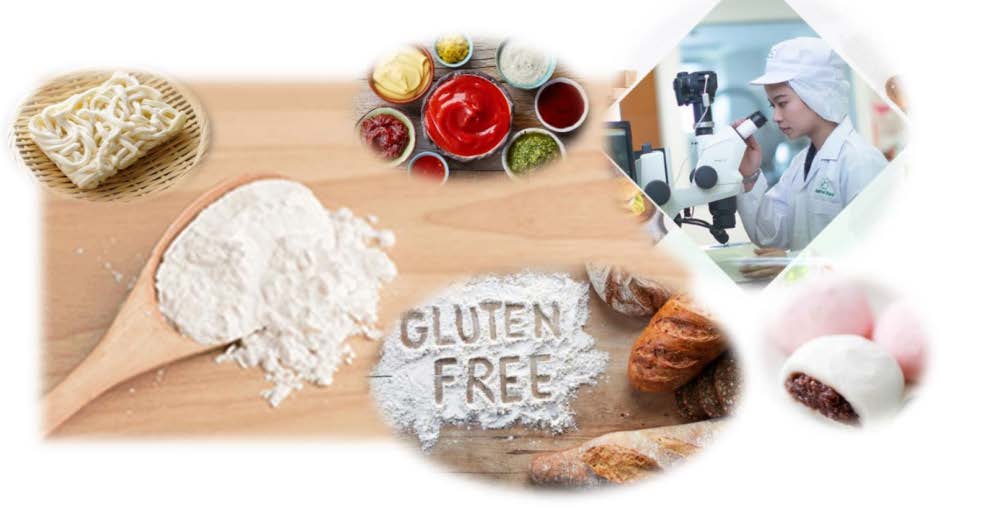
Food Innovation (Modified Starch)
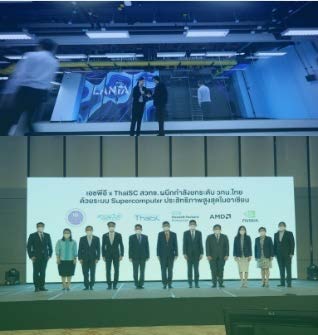
Conducting applied research and some fundamental research to develop new products (modified starches) to improve their products and food processing through science and technology for a wide range of food application and other area. What you will learn: - Starch Chemistry - Starch Modification - Application of Modified starch in Food industry.
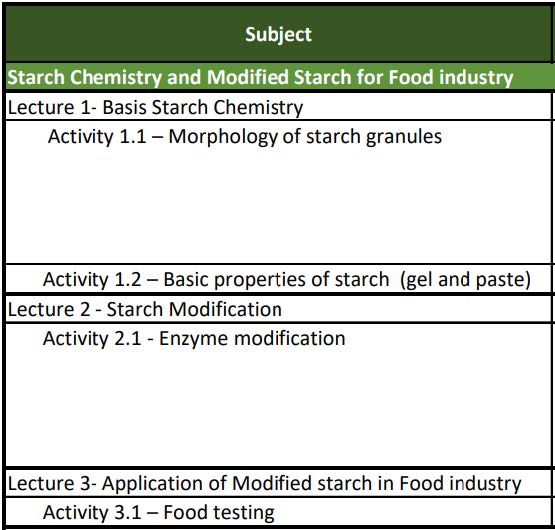
The Plant Factory & the Happy Veggies
Activity details:
Start by getting acquainted with “The Plant Factory”, a plant for growing vegetables and herbs that can adjust the environment to suit each plant. Plants can grow quickly with excellent quality and productivity. Finally, there is a group planting activity that connects unity where those who grow well may have a reward to take home.
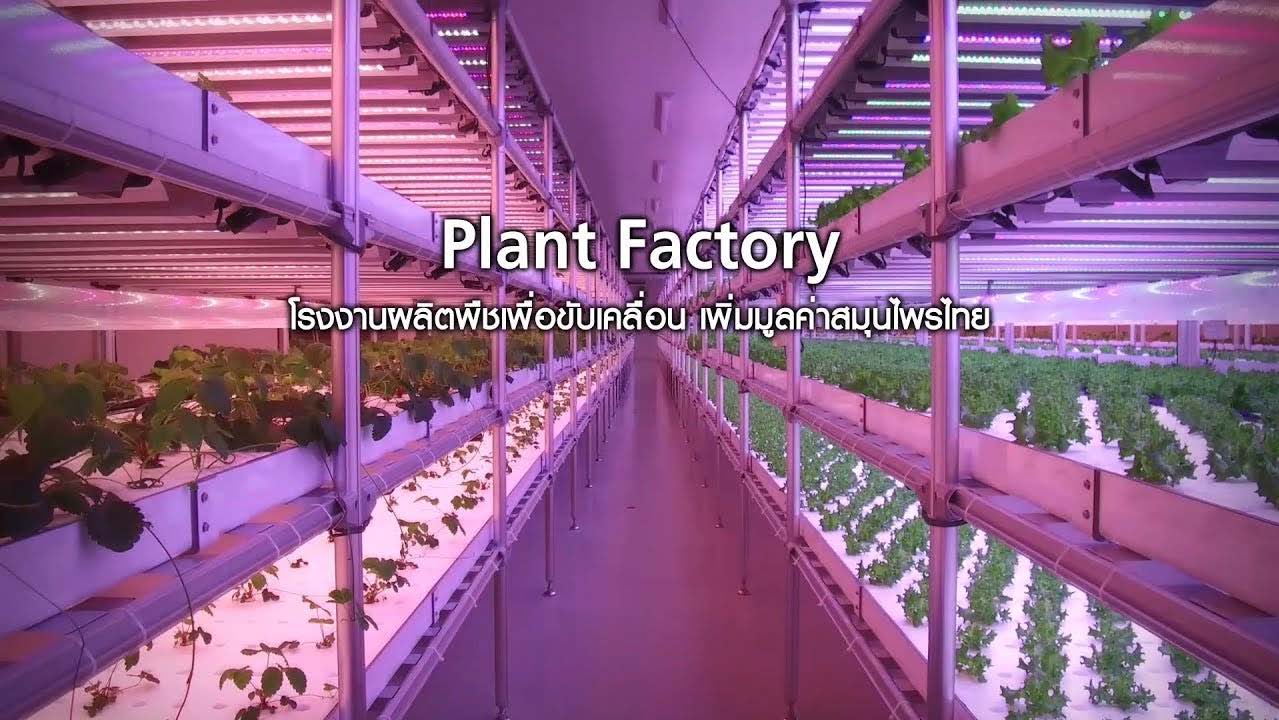
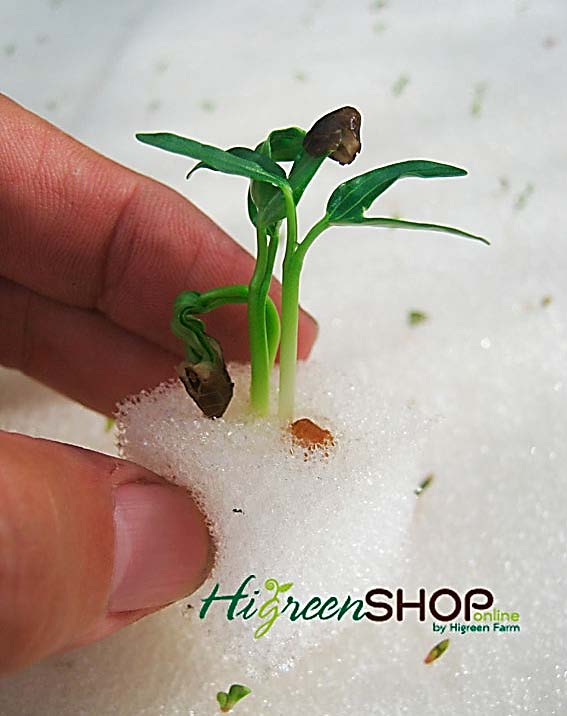
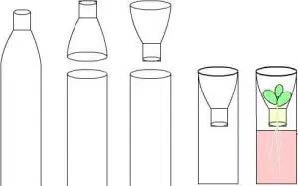
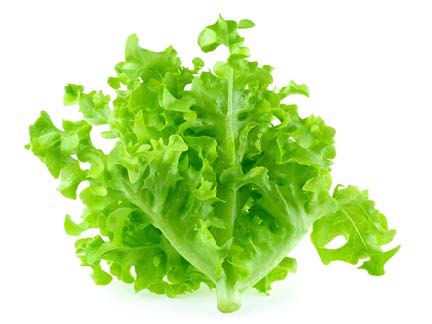
Do Code Drone Camp: Activities
DO CODE DRONE CAMP is a camp that wants to develop students' potential from its unique mission. From the combination of 5 STEAM sciences, along with learning that combines with fun playing until PLERN, children must apply knowledge and skills in CODING to solve problems that arise. Using drones as a learning tool with the following contents:
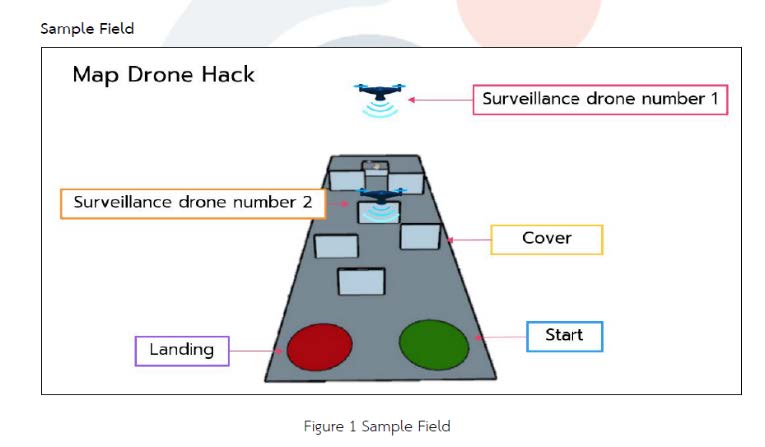
Mission Squid Game
Activity details: Mission Squid Game is an activity to decode or decode ( Hacking) by using Block code for the basics of planning Flight in advance for Drone EDU to steal and avoid detection. hold During the cracking process, there will be an AI drone that detects the player's movements. If a player is detected by drones, they must leave the match immediately.
Skills that learners will gain from doing activities, and testing
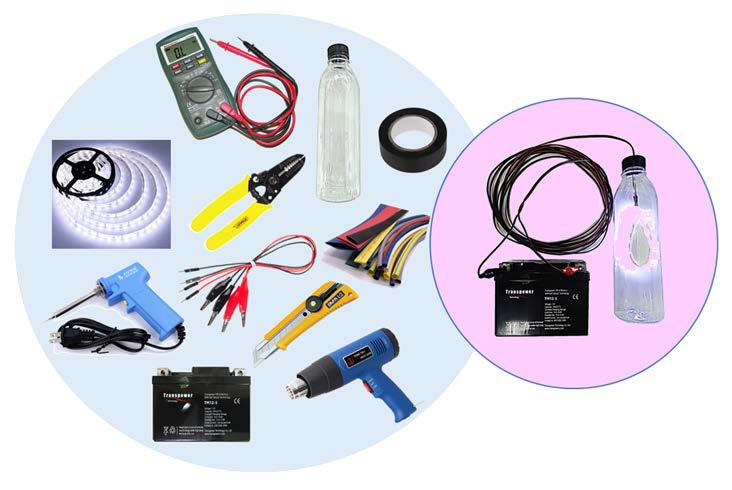
Easy LED bulbs for marginalized communities
Activity details: It is the creation of easy LED bulbs from general waste materials by applying a basic photovoltaic and electrical technologies. To be applied in households in rural areas of Thailand, that are experiencing electricity shortage. Moreover, the goal of this fun activity for corporate events is to build unity among the group and helping others as well.

Introduction and demonstration: “Application of Augmented Reality (AR) Technology in Education”. Examples of the ‘PETE’ Patient Isolation and Transportation Chamber and the ‘HI PETE’ Patient Isolation Chamber for Home Isolation as a guideline for production planning and install those products. AR technology will help reduce costs, time, and errors in the design and help product designers see and inspect the product's functionality.
Visit Lightweight Engineering Research Lab “Fatigue testing for engineering components”
Introduction and demonstration: “Application of Augmented Reality (AR)
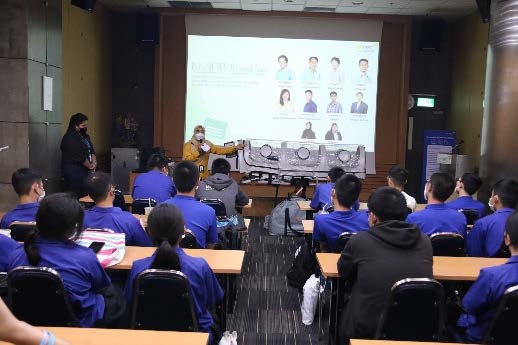
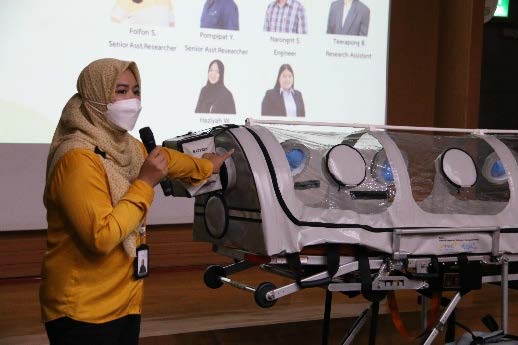
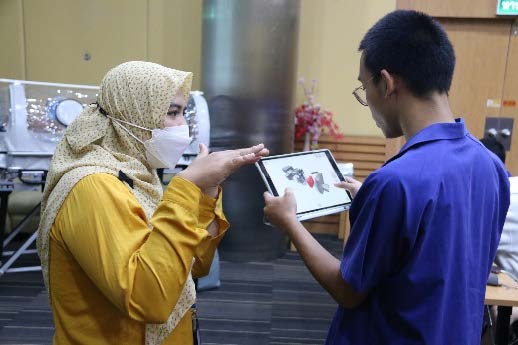
Visit Solar Photovoltaic Research Lab, ENTEC
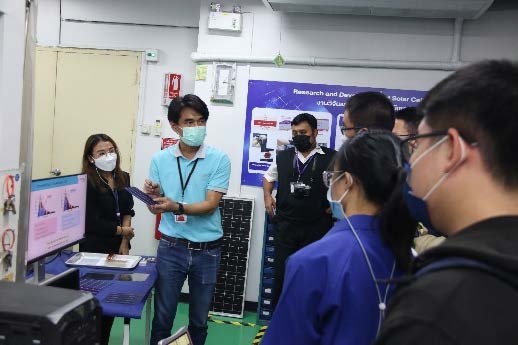
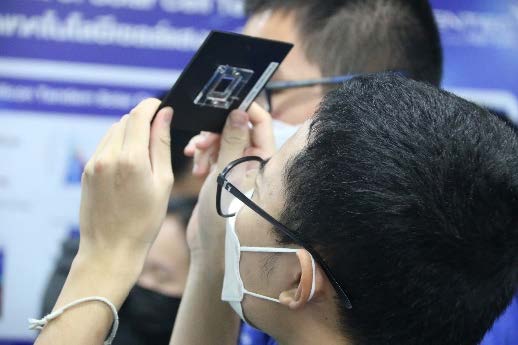
The Grand Palace complex was established in 1782 and it consists of not only royal and throne halls, but also a number of government offices as well as the renowned Temple of the Emerald Buddha. It covers an area of 218,000 square metres and is surrounded by four walls, 1900 metres in length. After King Rama I ascended to the throne in 1782, the palace was built. Prior to this, the royal palace and centre of administration had been located in Thonburi, on the west bank of the Chao Phraya River. For various reasons, the new King considered the former capital to be unsuitable and decided to establish a new capital on the other side of the river.

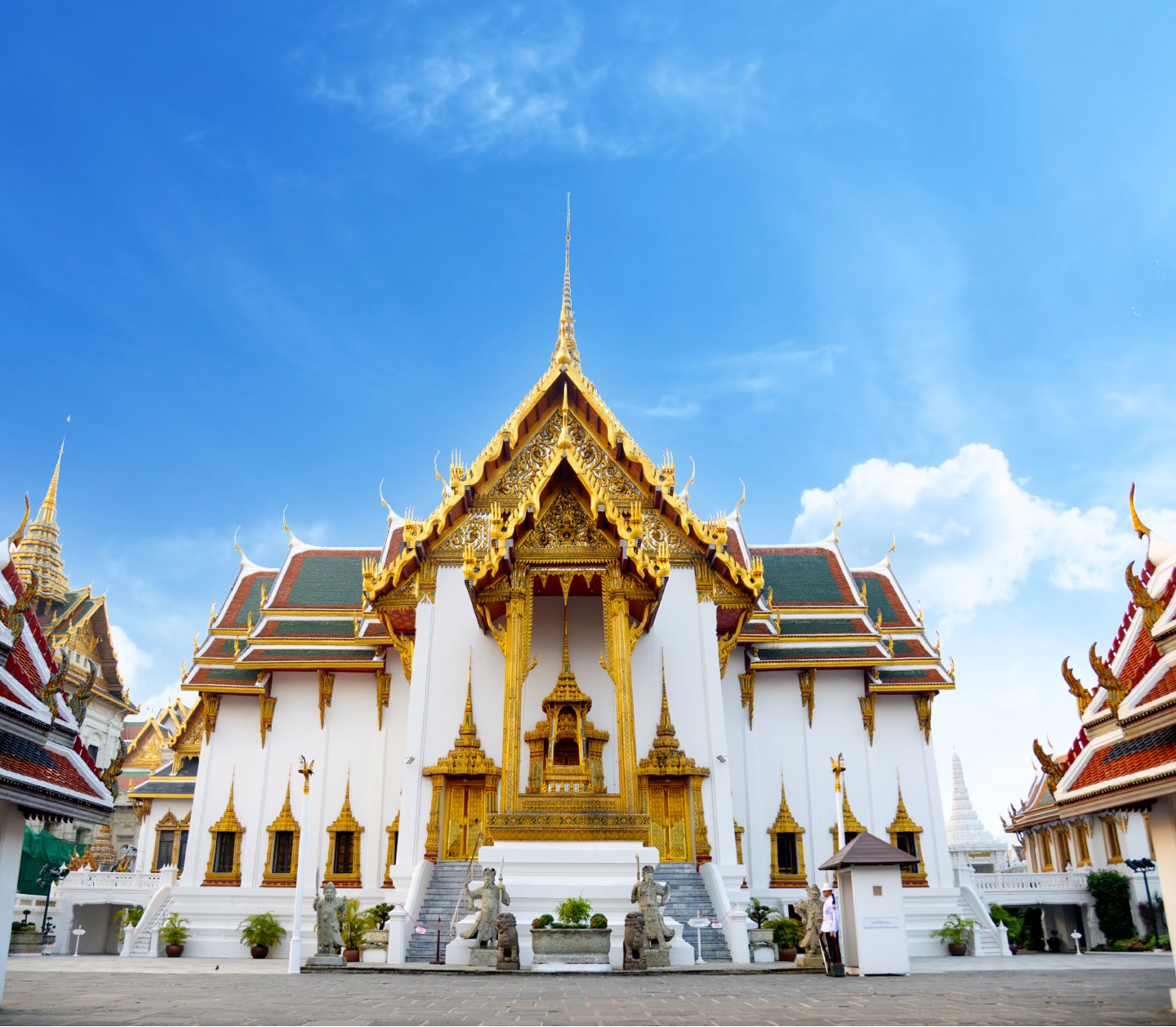
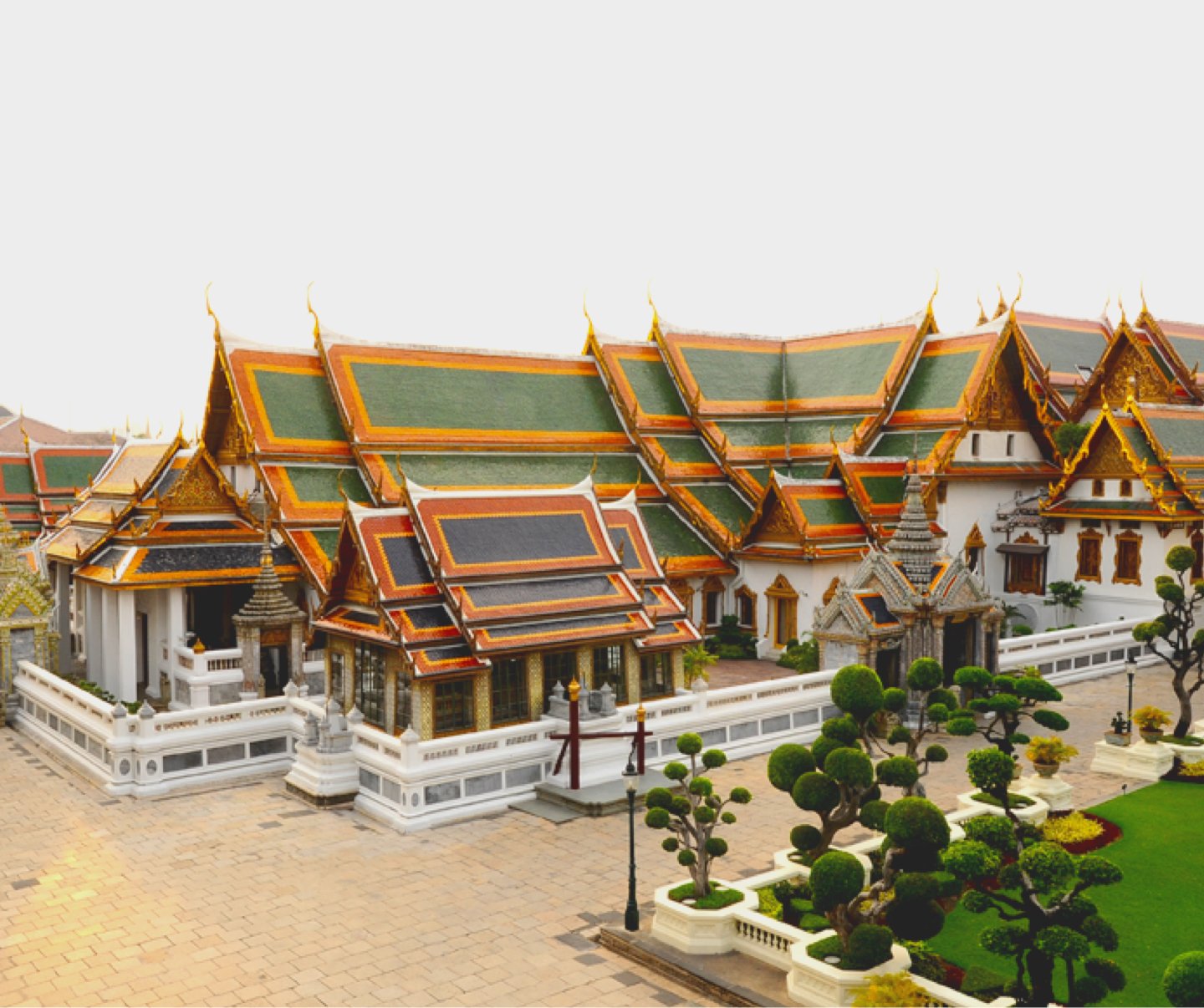
Commonly known as Wat Phra Sri Rattana Satsadaram in Thai or Wat Phra Kaew, was established by King Rama I in 1782. This temple is located in the area of the Outer Palace to house the Emerald Buddha. The tradition of construction a Buddhist temple in the precincts of the royal palace has existed in Thailand since the Sukhothai period, about 800 years ago. The unique aspect of the royal temple in the palace such as this temple is that it has no living quarters for Buddhist monks.
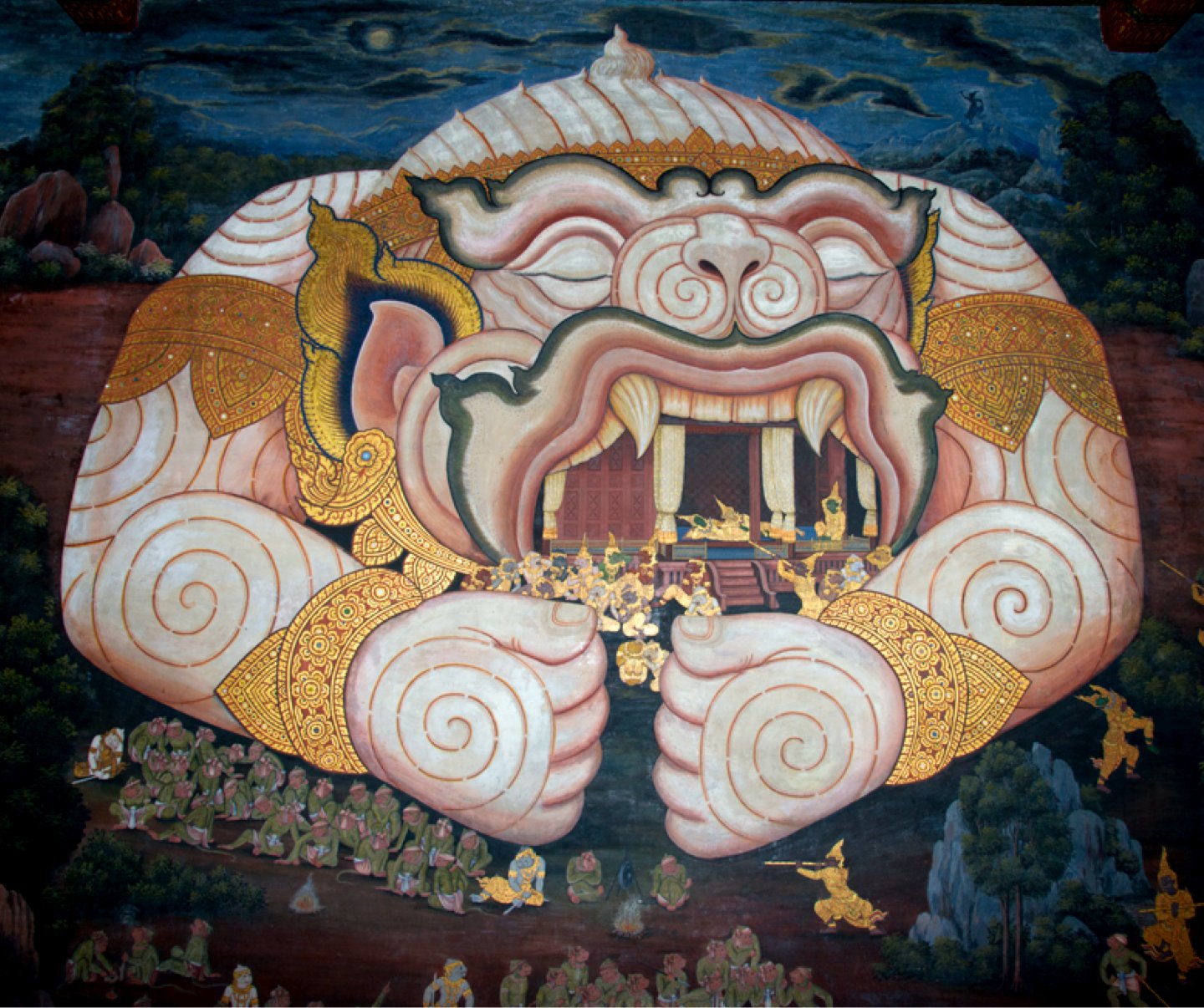
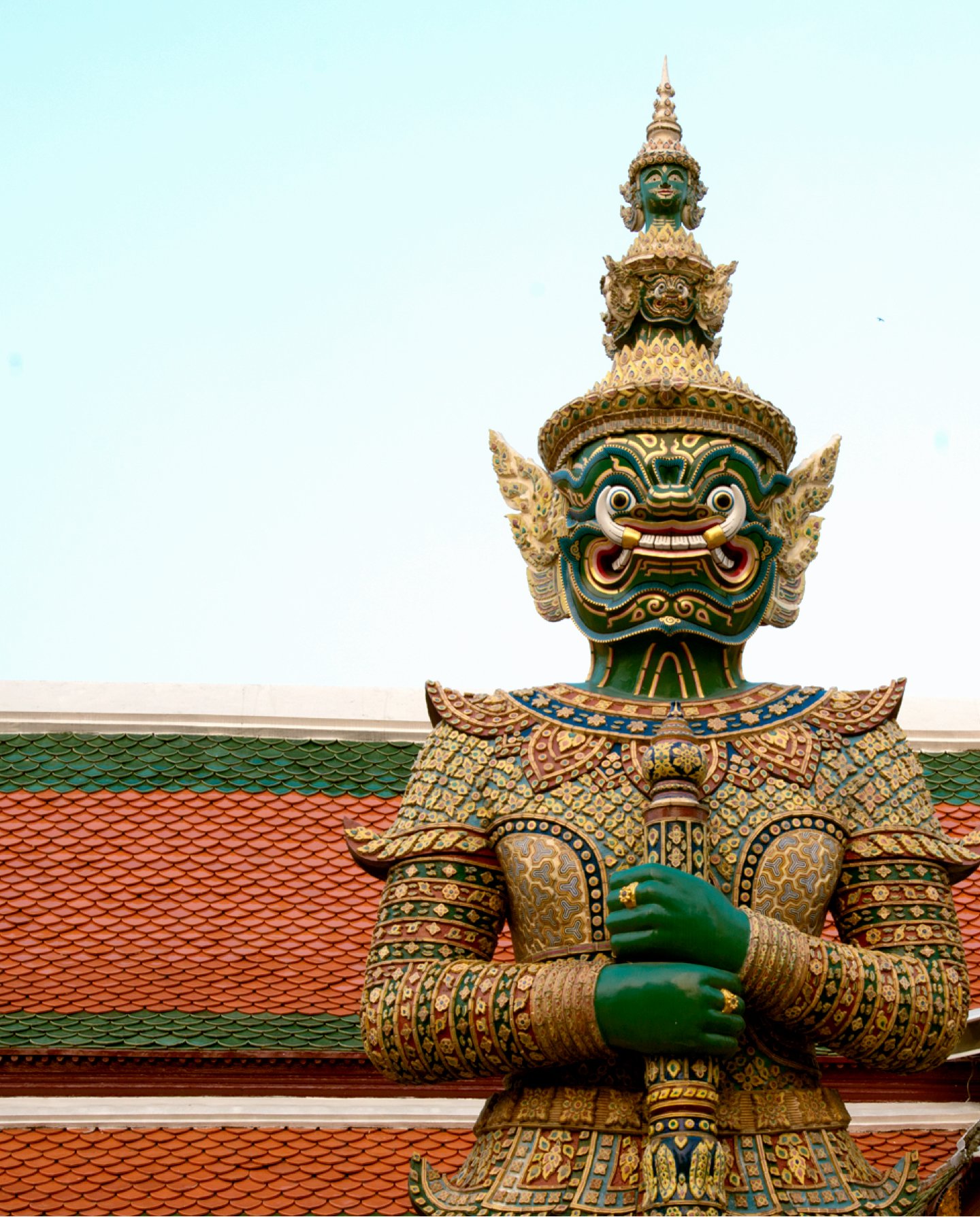
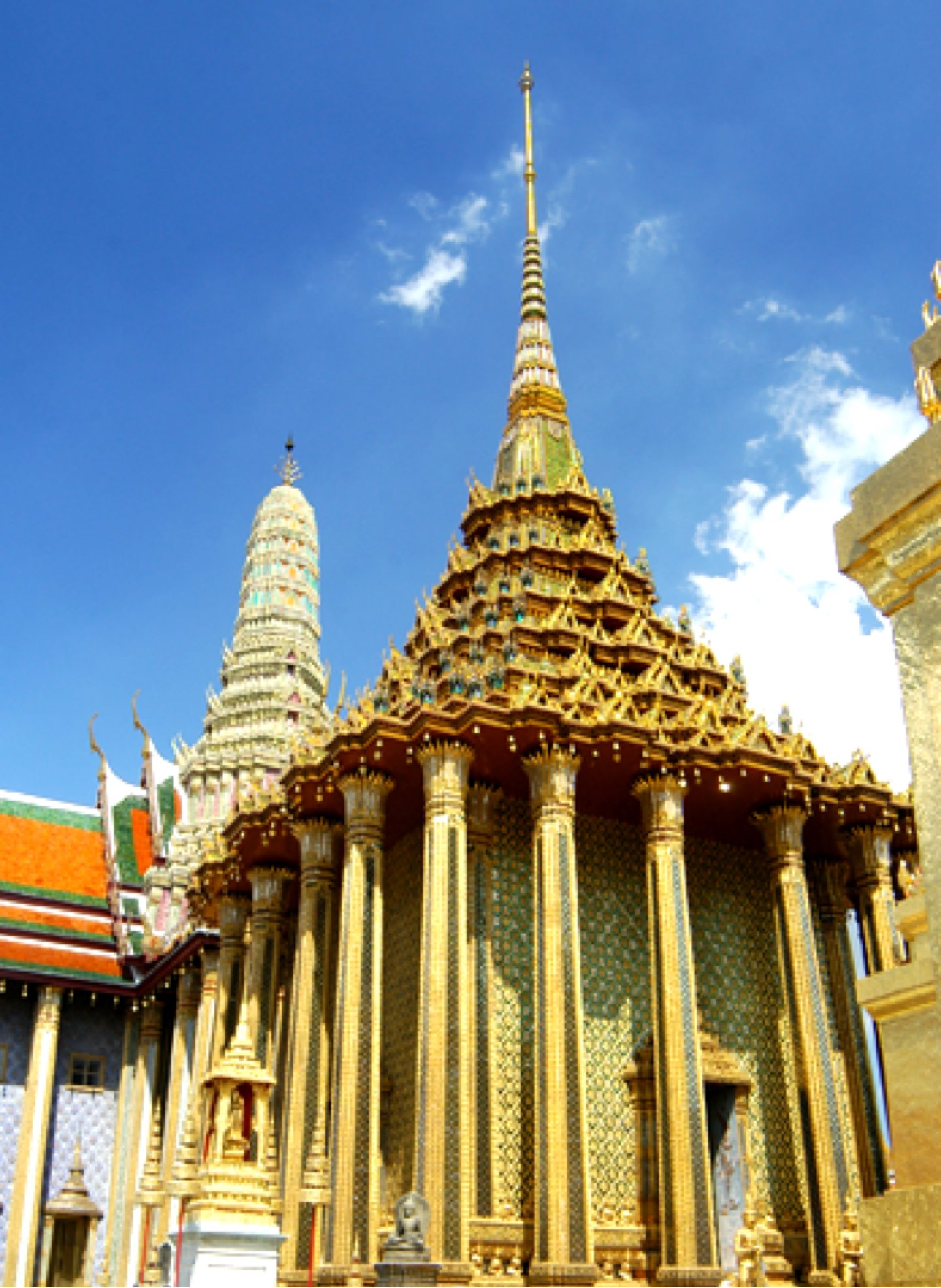
Phra Ubosot or The Chapel of the Emerald Buddha is the most important building in the temple was built by King Rama I in 1782. It’s the ordination hall in real Thai style architecture, the style of Ayudhaya period, used as an ordination place for Buddhist monks because it is surrounded by double sacred boundary stones, which mean royal chapel place in small pavilions. The outside walls of the building are decorated with gilt and colour glass mosaics.
The Emerald Buddha is the Buddha image which was carved from a block of jasper. The image itself measure 66 cms. high include the base and 48.3 cms. wide, in the attitude of meditation. Judging from the image’s style, the Emerald Buddha is of northern Thai workmanship and was probably made in 15th century, and regarded as the most important Buddha image in Thailand. There are three different costumes of the Emerald Buddha, one of season, they are summer, rainy season and winter. The first two seasons costumes were made in the reign of King Rama I and the last one for winter was made in the reign King Rama III, all made of gold and jewelry. The ceremony of changing the costume of the Emerald Buddha takes place three times a year, at the beginning of new season by the King.
This building was a royal residence built by King Rama V in 1877. The original design by the British architect, Mr.John Clunish, called for three domes over the building. But by the suggestion of the former regent, Somdej Chao Phraya Borom Haha Sri Suriyawong, King Rama V had them changed to Prasat spires. So, this is the only one building in The Grand Palace that mixed the lower part of the throne hall in European style with Thai style roof. King Rama V used this building as his residence. Later it was used by the King to receive the credentials from ambassadors. And now, this building is used for state banquets. It is three-storeyed building, built on the paln of the letter “T”. The front of the building consists of three parts. They are the East Wing, the Central and the West Wing. These parts are connected by long corridors.
Phra Nakorn National Museum is the first museum for population in Thailand Founded in 1859. Originally a "Bowornstharn Mongkol Vice-King Palace " or viceroy palace, which contains the palaces and the royal halls as One of spectacular Thai architectural.
In the reign of His Majesty King Mongkut, King Rama IV, he set up the royal private museum at Phrapas Phipittapun Royal Hall, in the Grand Palace to keep the objects, artifacs, tribute that was the beginning of a museum in the following days.
In the reign of His Majesty King Chulalongkorn, King Rama V, he ordered to se up the Museum at Sahathai Association Hall of Kong Kodia Hall in the Grand Palace. Open to the public for the first time on the occasion of 21th age celebration on 19 September 1874. Then in 1887, H.R.H. Prince Boworn Vijacharn had died so had announced the cancellation of the viceroy that made the palace vacant. King Rama V had ordered to move the museum from Kong Kodia Hall to 3 front royal halls at Bowornstharn Mongkol Vice-King Palace as Siwamokkhaphiman Royal Hall, Buddha Sawan Chapel and Issarawinitchai Royal Hall to called that “Wang Na Museum”
Later in 1926, King Pokklao, King Rama VII conferred order to use the Royal Palace in Bowornstharn Mongkol Vice-King Palace to establish a museum for all as to the Museum for Bangkok, used Siwamokkhaphiman Royal Hall to exhibits stone Inscription, Bailarn Scripture, Samuth Thai and ancient Textbook called the hall that Vajirayarn Library. The king had presided over the opening on November 10, 1926 in the Birthday Honours. Subsequently there was changed in the rule of absolutism to democracy. The government had set up the Department of Fine Arts in 1933 for the Metropolitan Museum. The affiliation with the Department of Fine Arts. And has set up a National Museum was established in 1934.
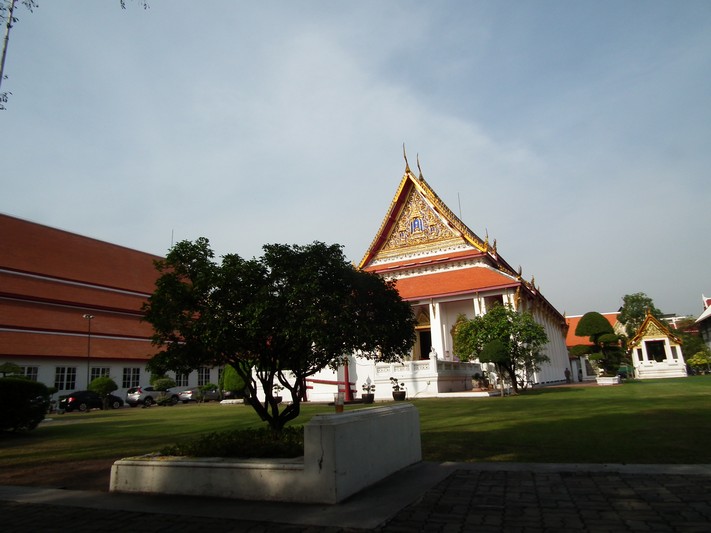
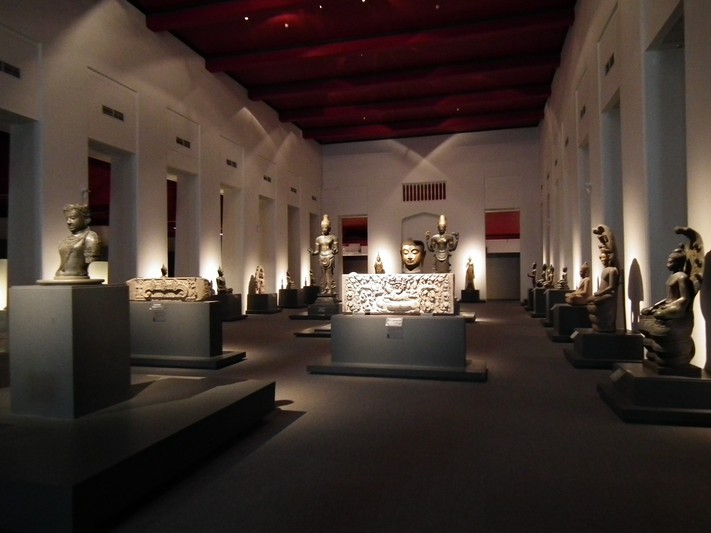
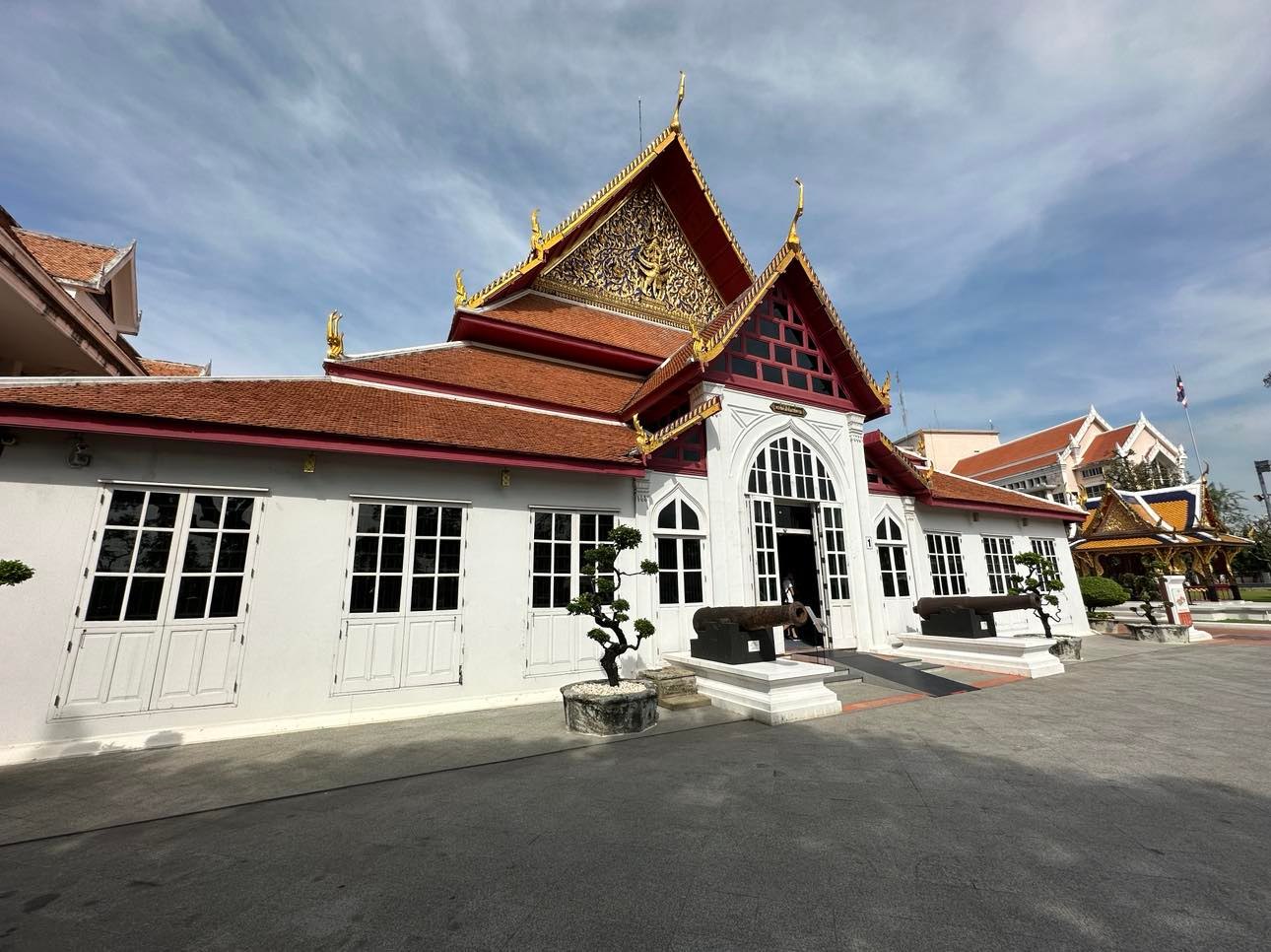
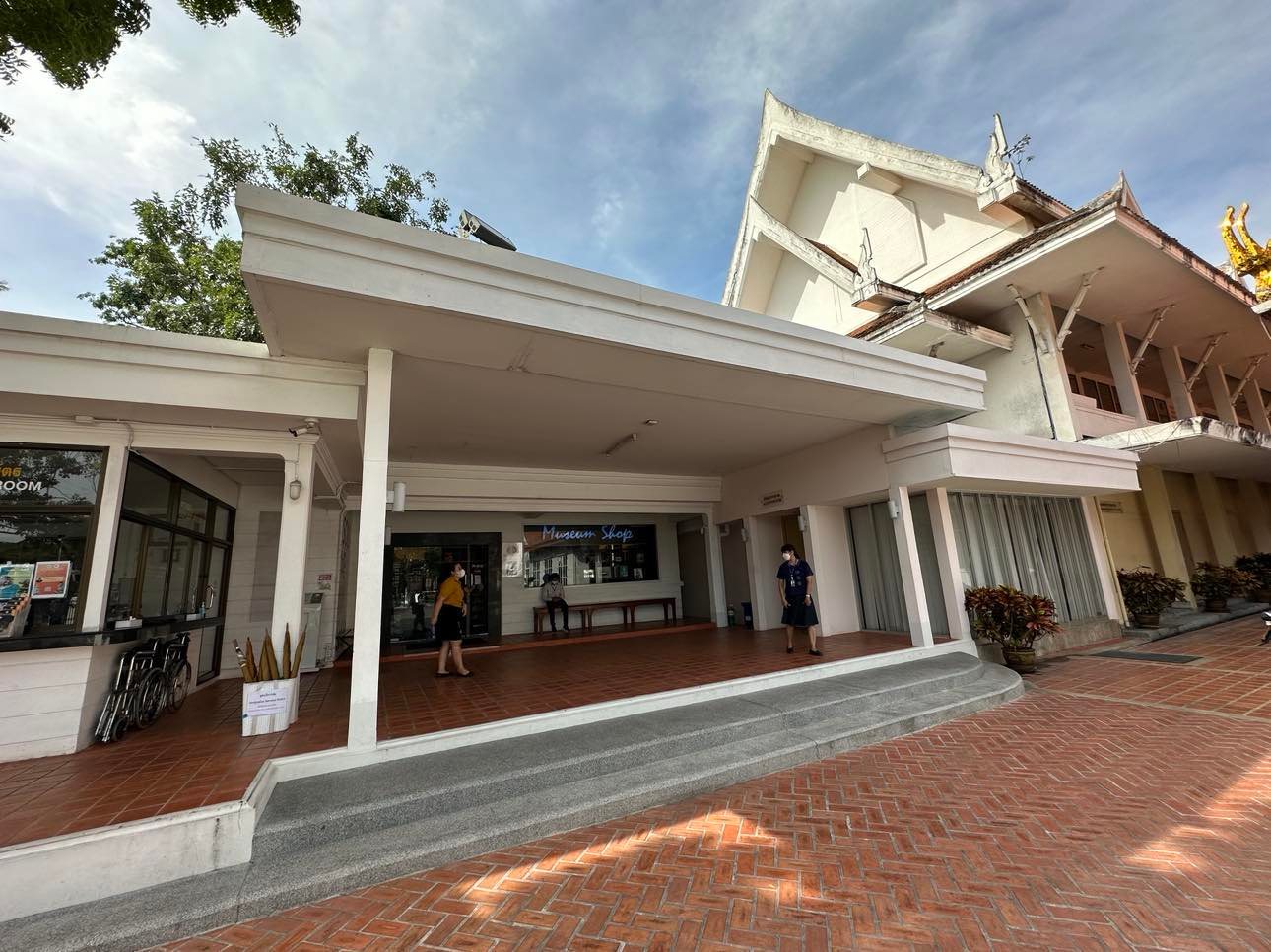
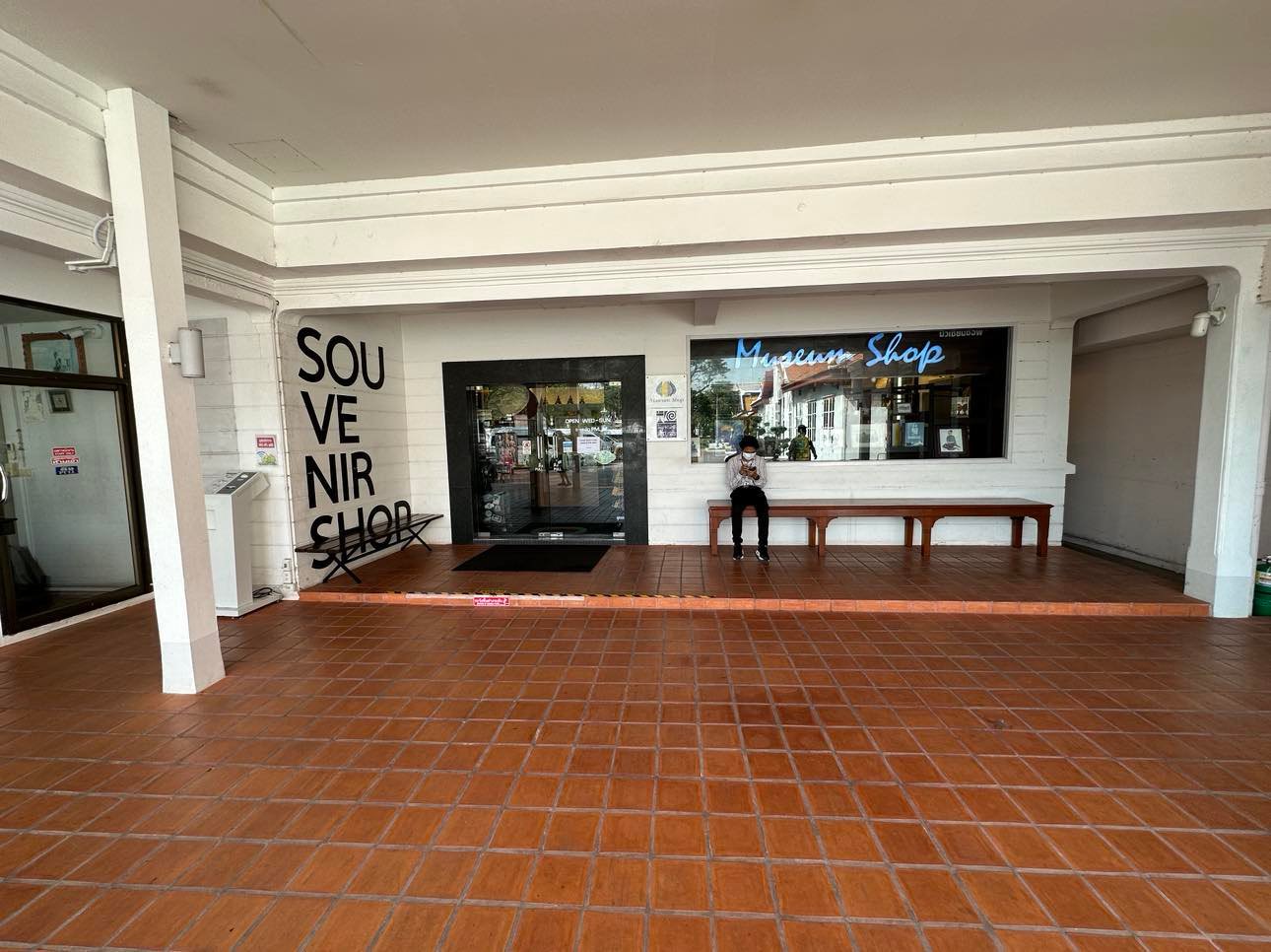
ICONSIAM is a sensational riverside mixed-use shopping destination where the best of Thailand's retail, entertainment, hospitality, and more come together as one.
ICONSIAM is the ultimate shopping destination on Bangkok River. The all-in-one complex, located on 50 rai (750,000 square metres) of the land on the bank of Chao Phraya River and the other 5-rai land across Charoen Nakhon Road, is a wonder to behold for those passionate in retail and development. It is divided into three main sections: the main ICONSIAM, the glamorous riverside ICONLUXE, and street facing side Siam Takashimaya. Embedded within them are special zones that sets ICONSIAM apart from other shopping centers. To name a few, SookSiam brings the best of Thailand’s provinces into one “village” while ICONCRAFT curates high quality Thai craft and showcases them across two floors.
From the outside, ICONSIAM is an architectural wonder. The design of the two retail complexes are inspired by cultural values and beliefs tied to the Chao Phraya River, including the ‘krathong’ and ‘baisri’. The ICONSIAM building is a highly modern building that mimics the way a krathong is folded, translating traditional Thai design signatures to modern interpretations. The ICONLUXE complex resembles three glass krathongs with the façade stretching 300 metres along the river. A special glass is used to create vertical pleats all over the complex setting a new precedent. The design takes after a traditional Thai dress with a pleated shawl that wraps this most eye-catching part of the complex.
Mahidol Wittayanusorn School (MWIT)
364 Salaya, Phutthamonthon District, Nakhon Pathom 73170, Thailand.
MWIT is the first public science high school of Thailand, located in Nakhon Pathom Province. The school takes pride in nurturing and developing exceptionally gifted Grade 10-12 students, with a total of 720 students across three grades. As the host of the event, MWIT is the main venue for the Thailand International Science Fair 2023.
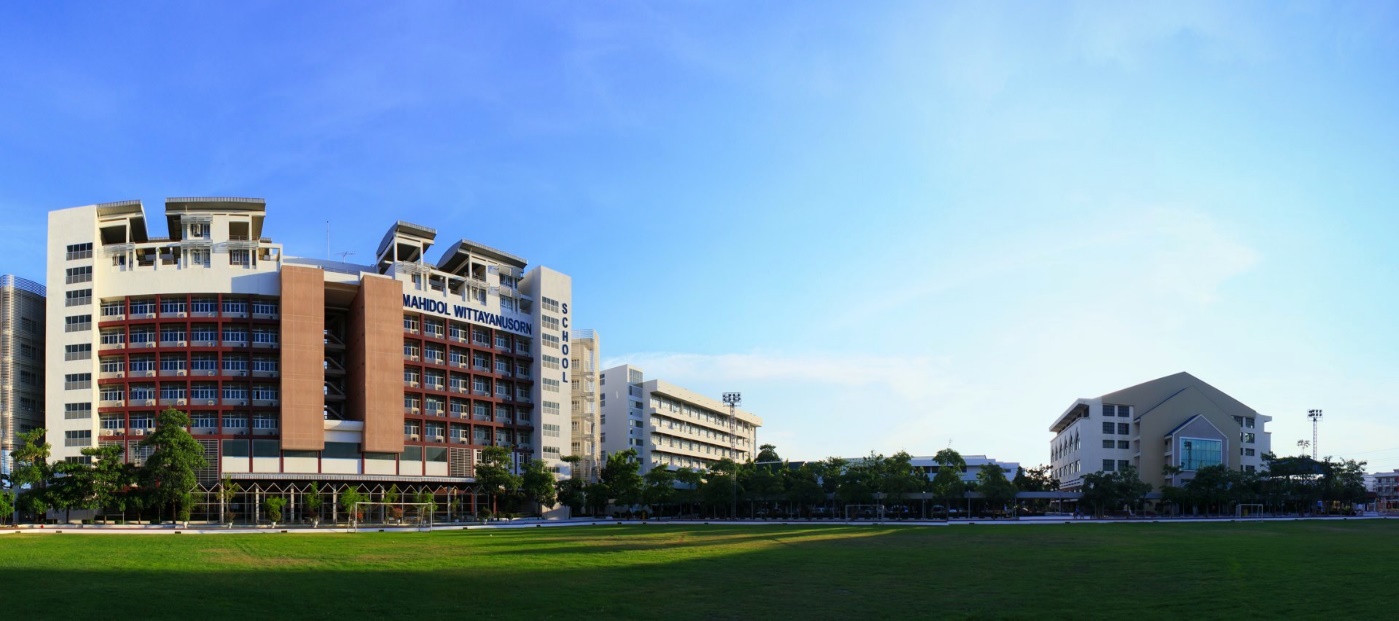
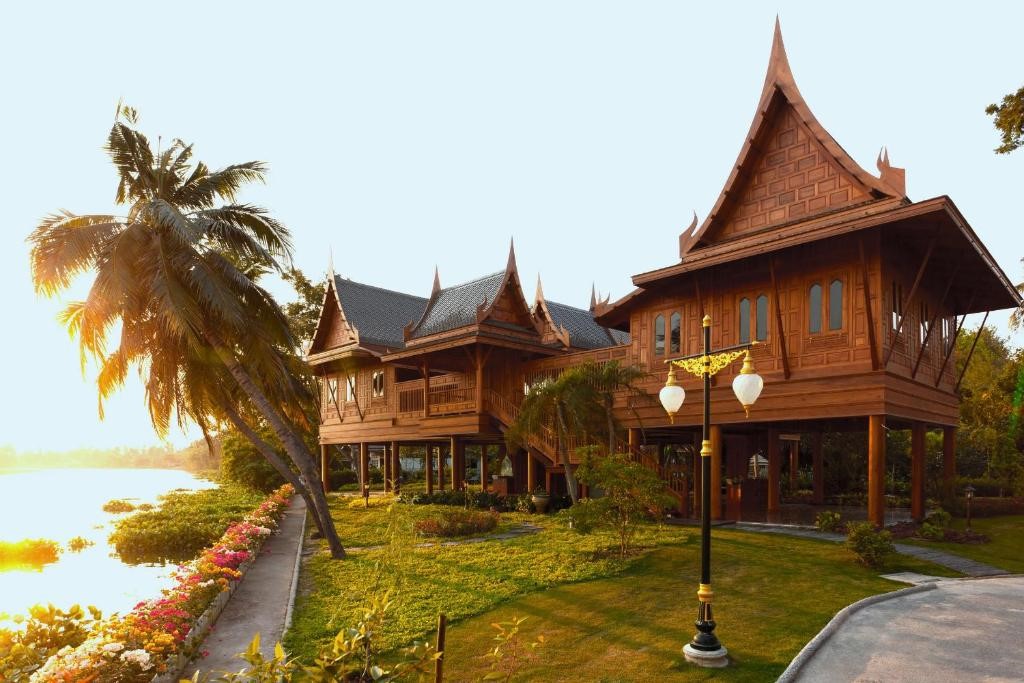
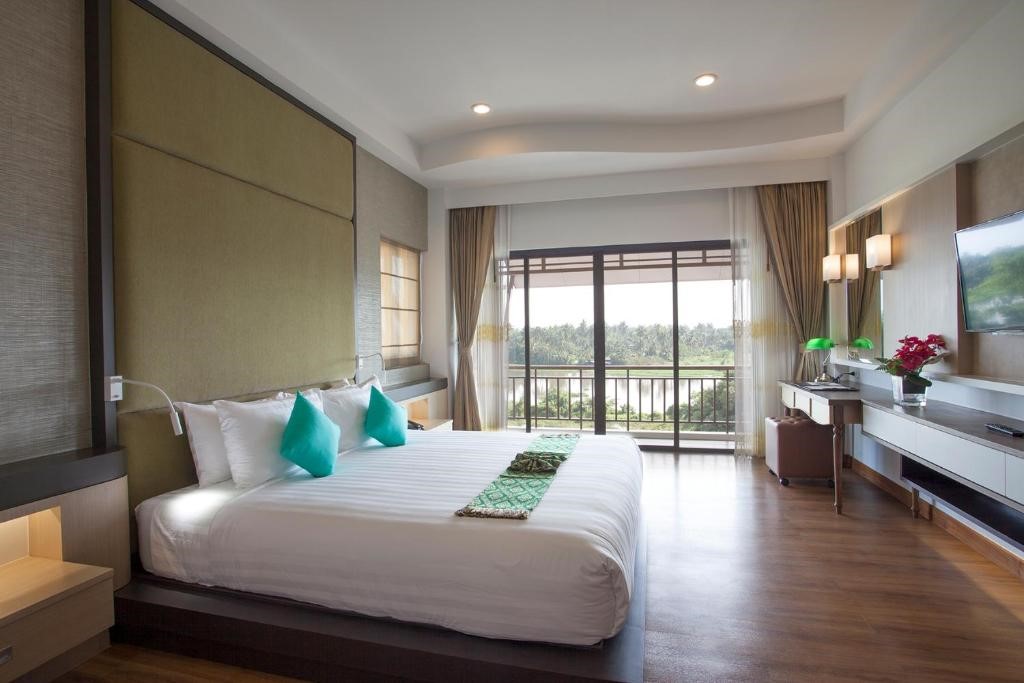
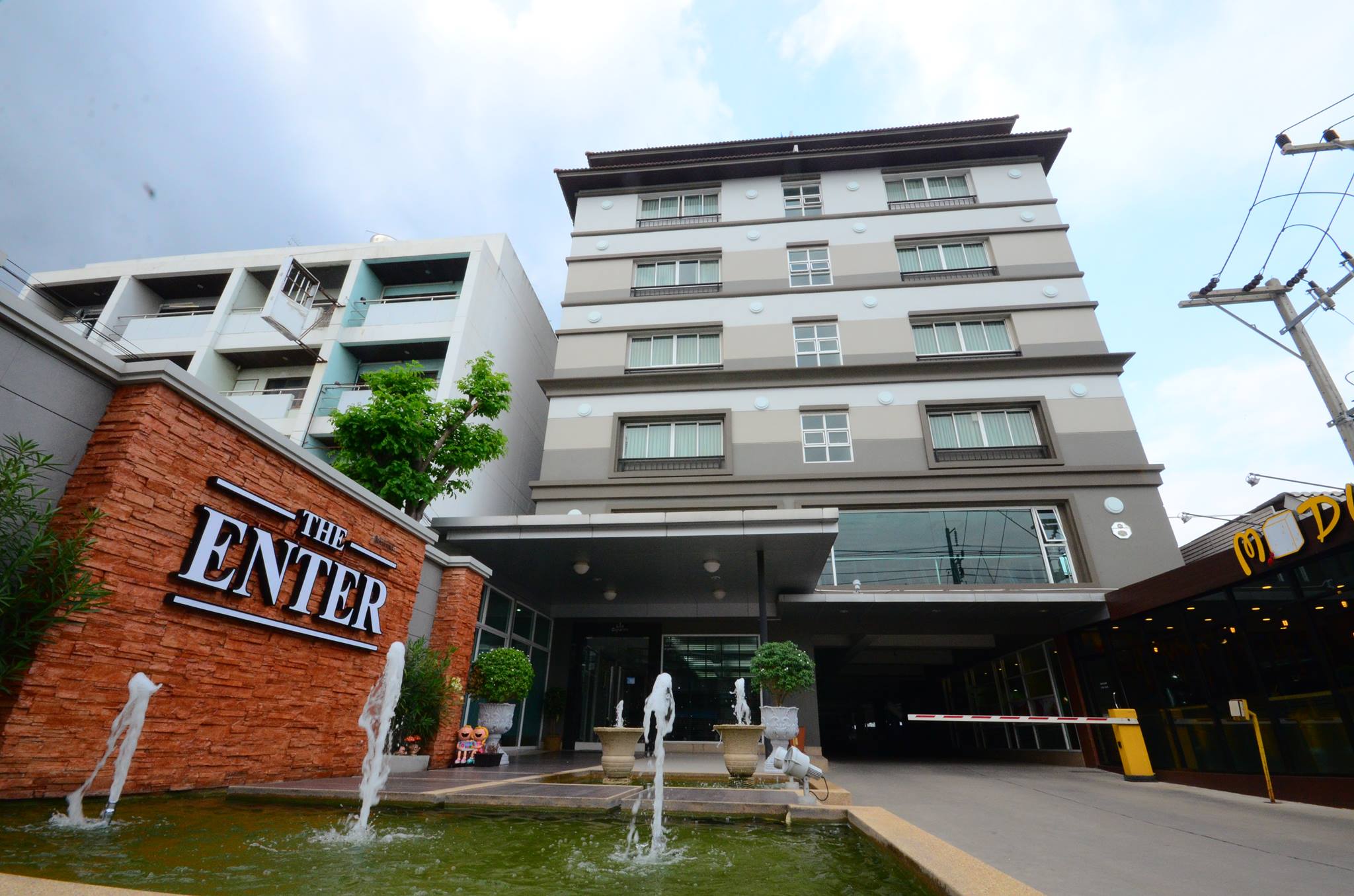
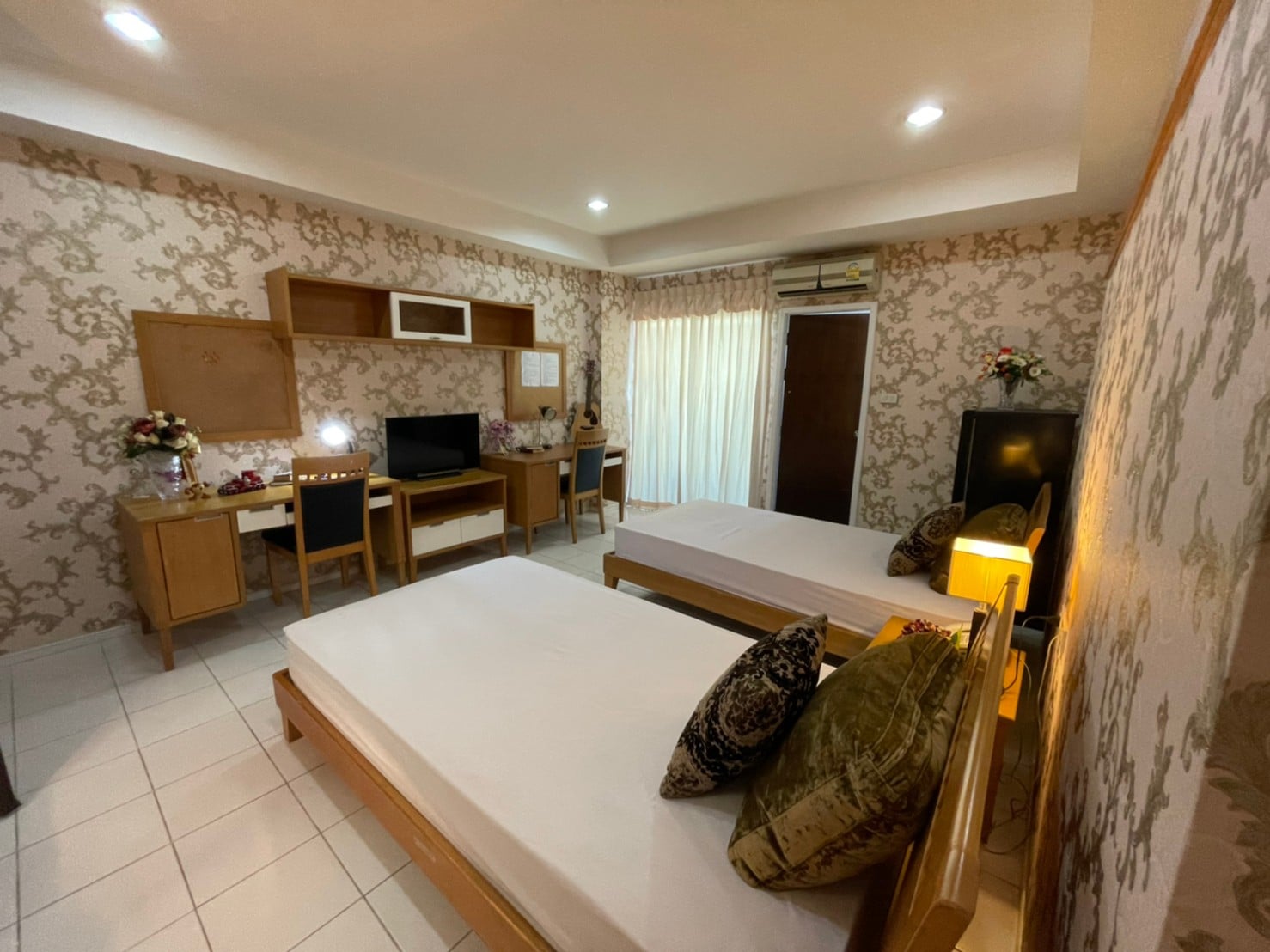
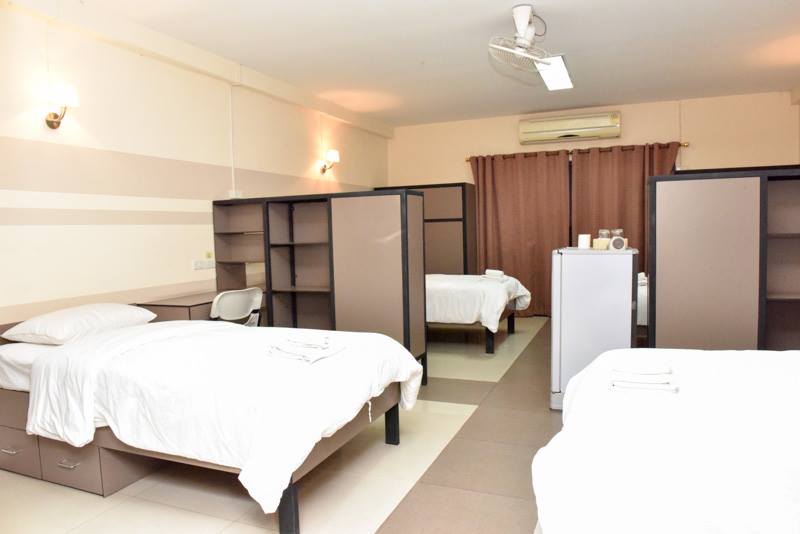
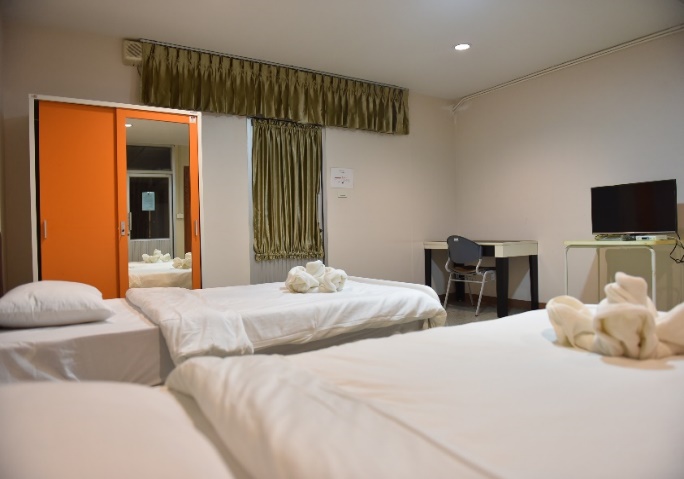
At the school, there is a nurse available 24 hours in the school ‘s nursing room.
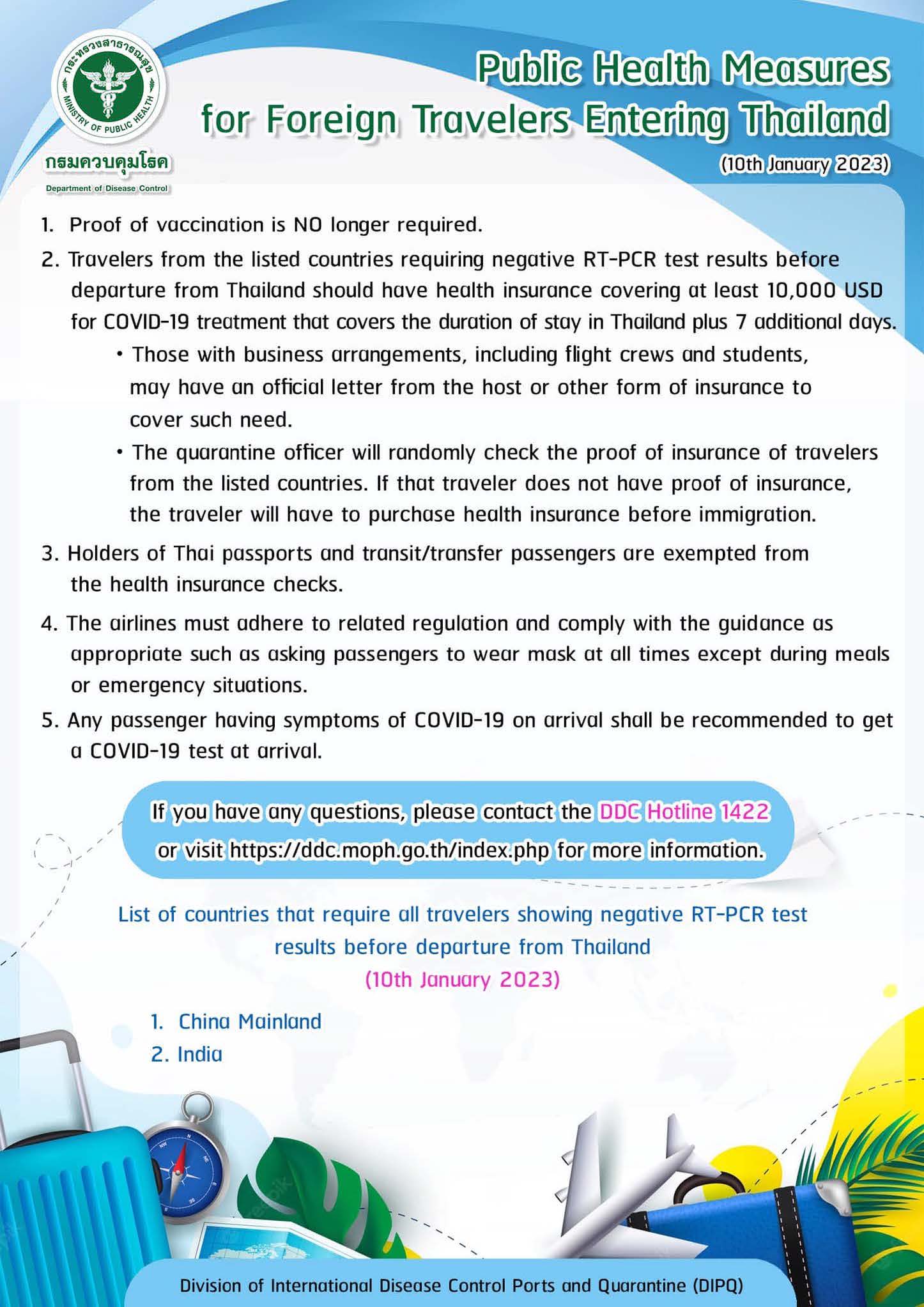
| Dates | Activities | Dress code |
|---|---|---|
| February 12 |
|
Smart casual attires |
| February 13 |
|
Formal attires/ School uniforms |
| February 14 |
|
School uniforms |
| February 15 | Science Zones | TISF T-shirt (Cream color) |
| February 16 | Excursions
|
TISF T-shirt (Green color) To visit the Grand Palace and the Temple of the Emerald Buddha, please do not dress as listed below:
|

